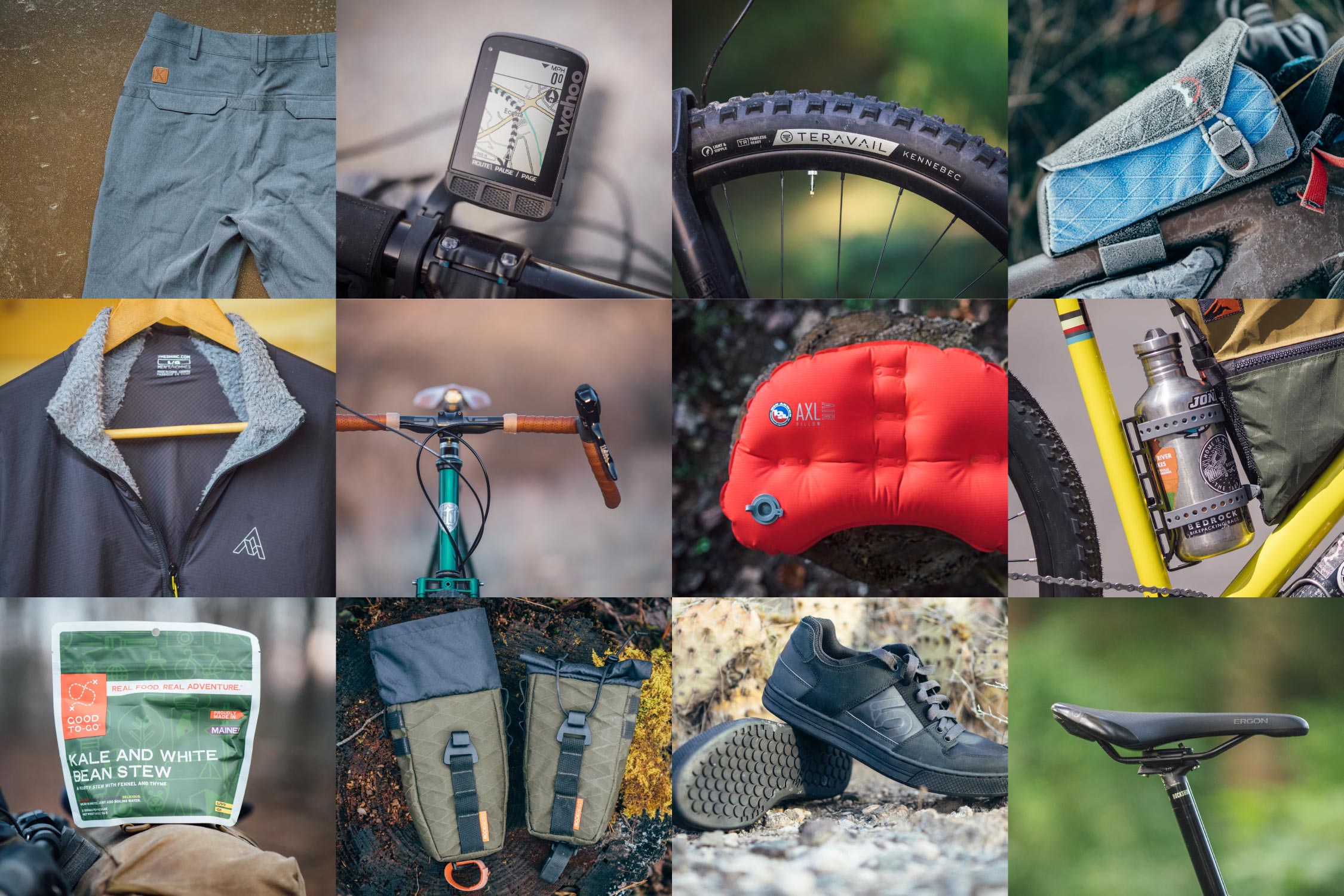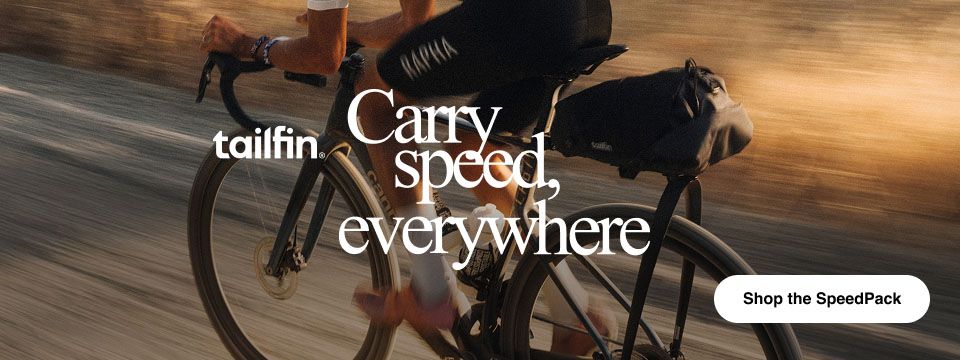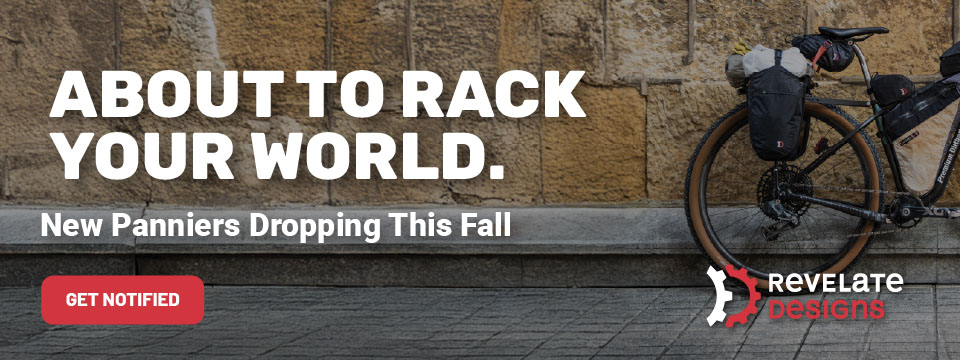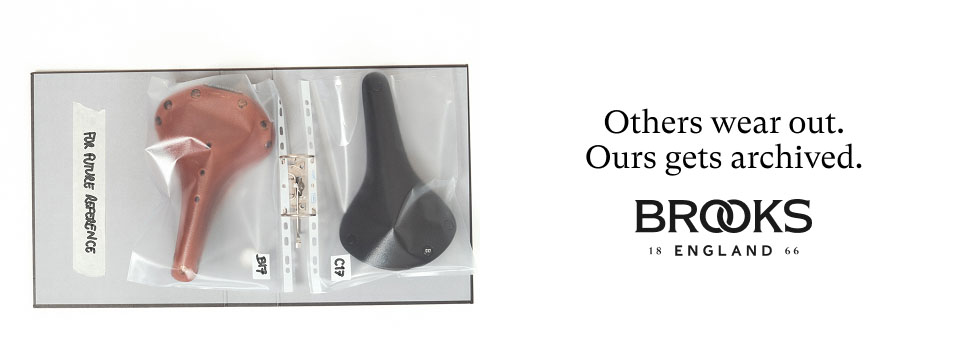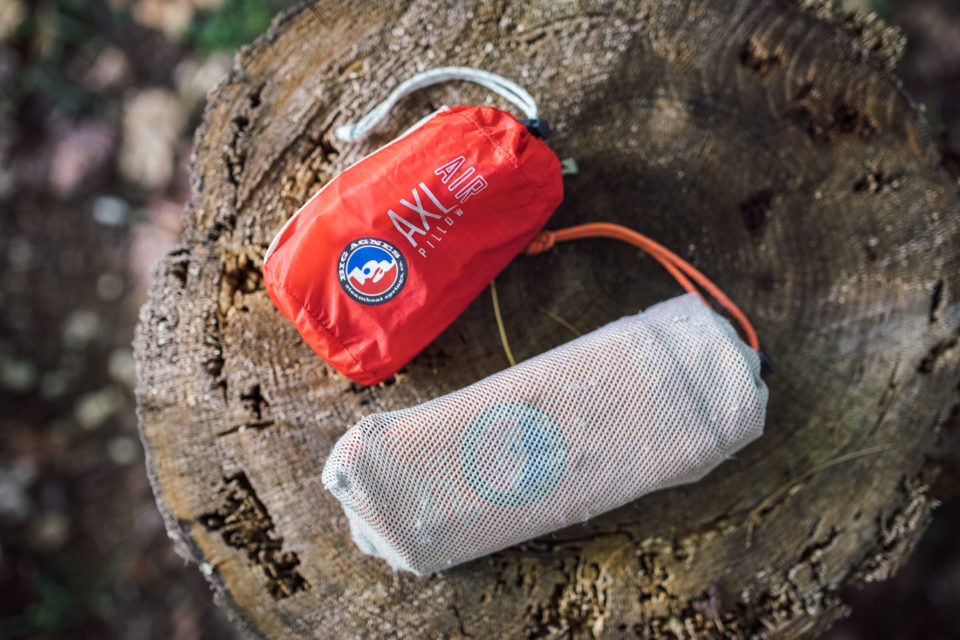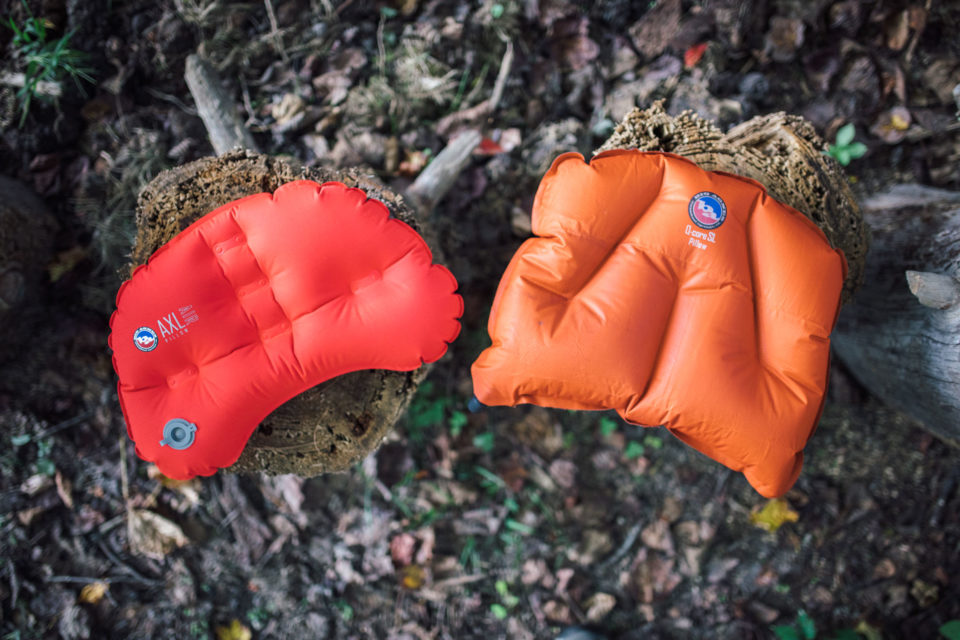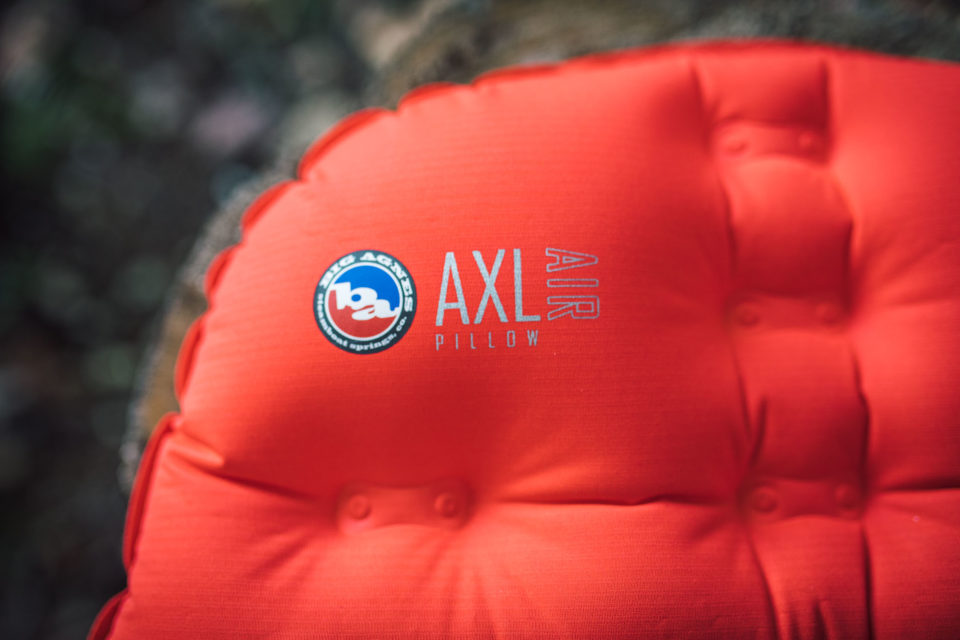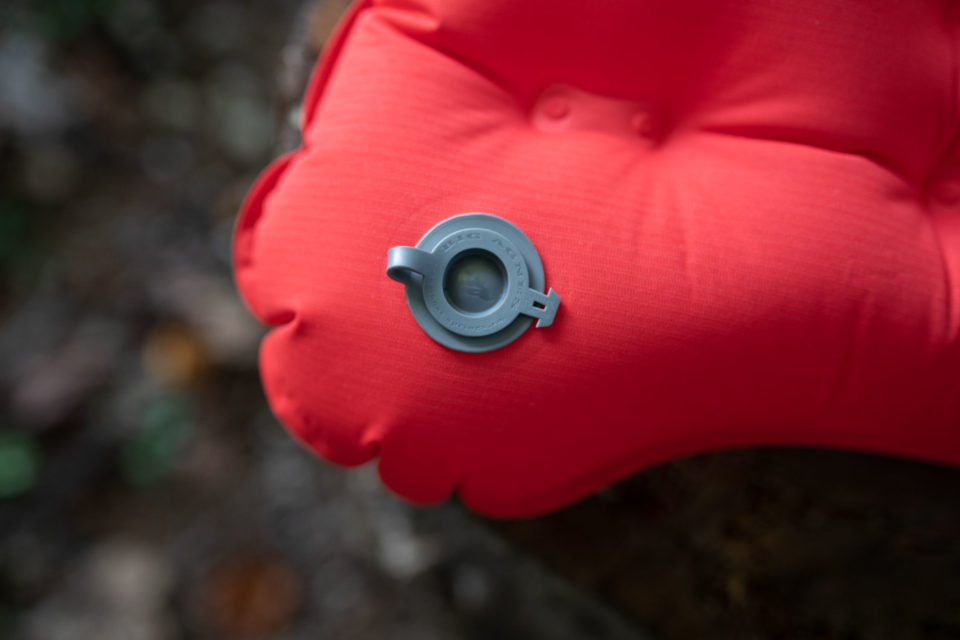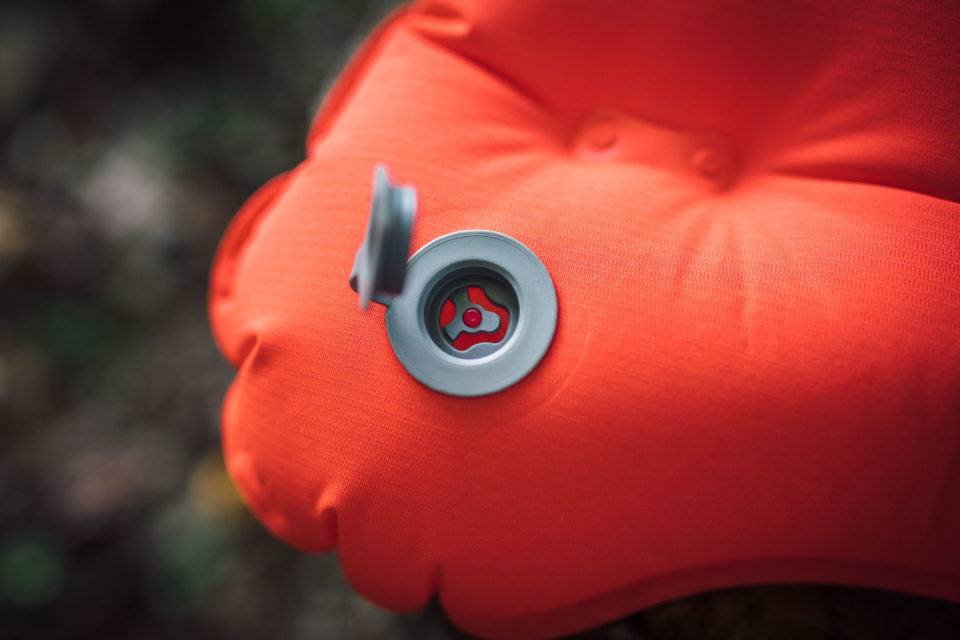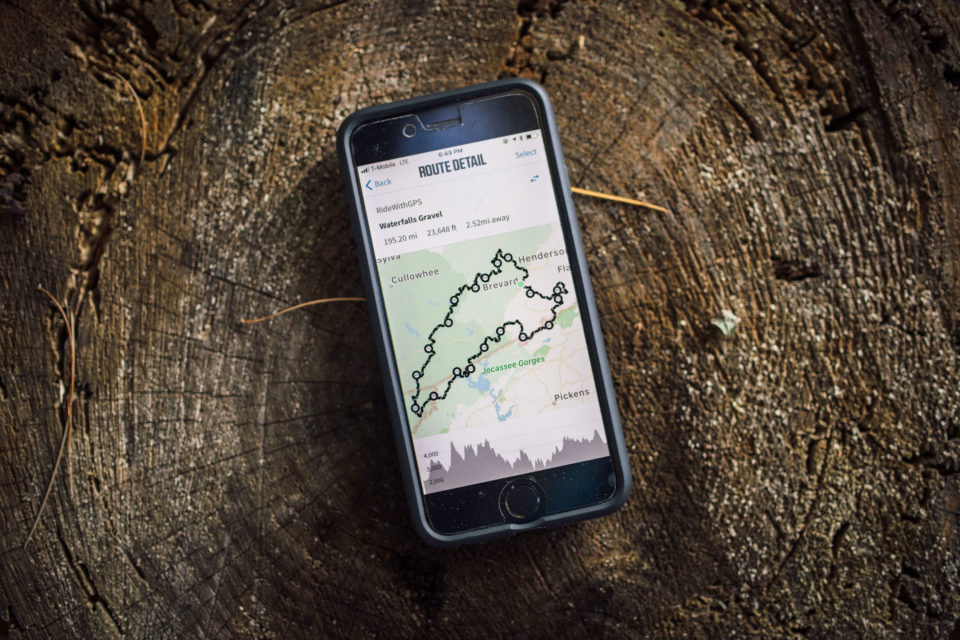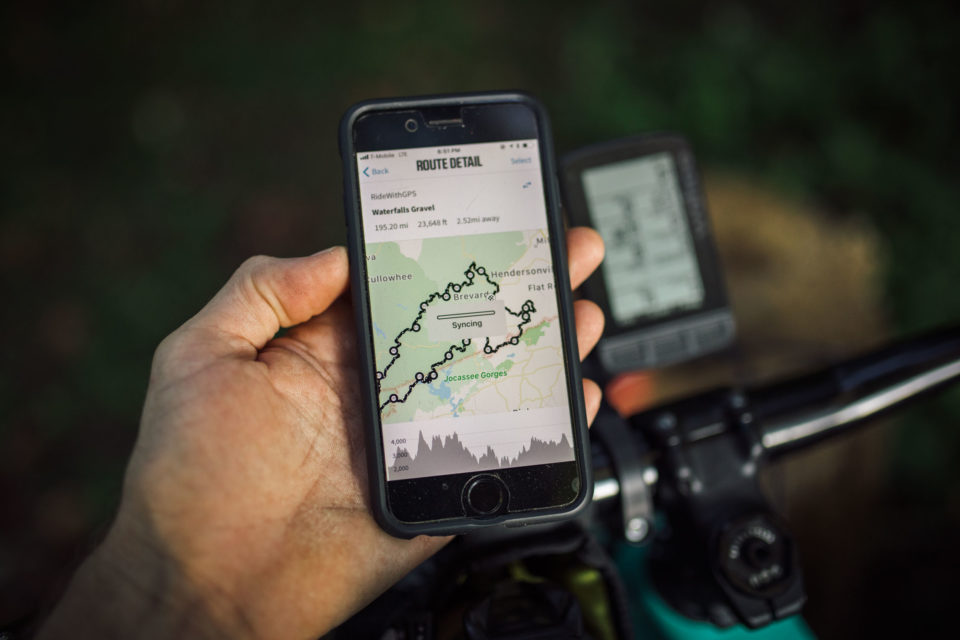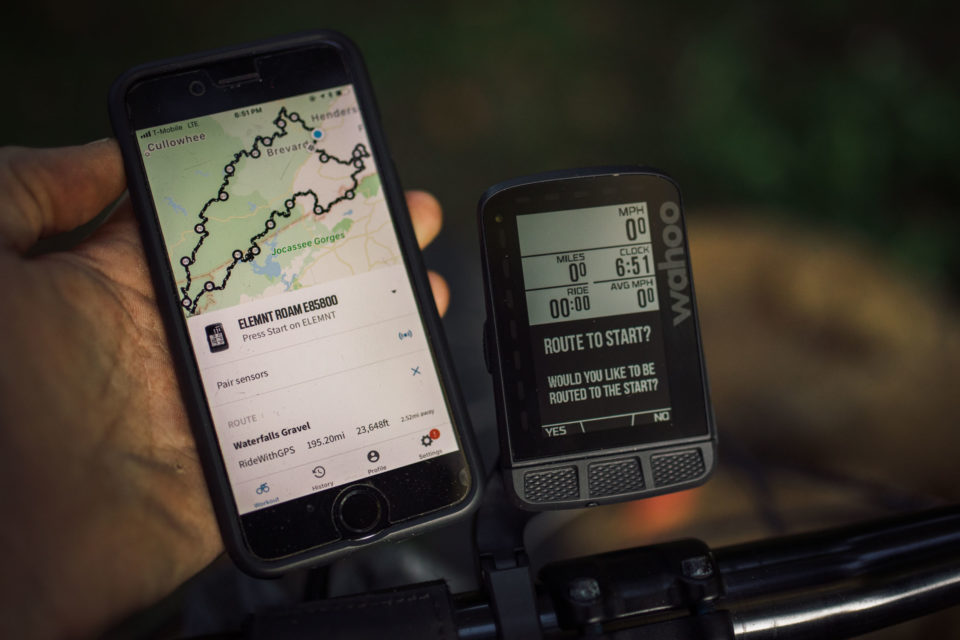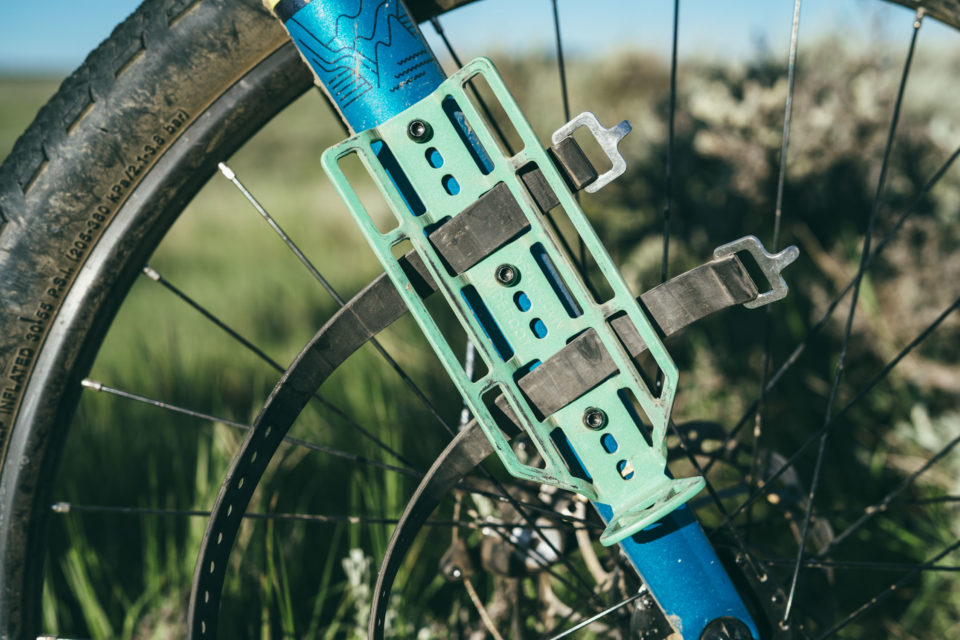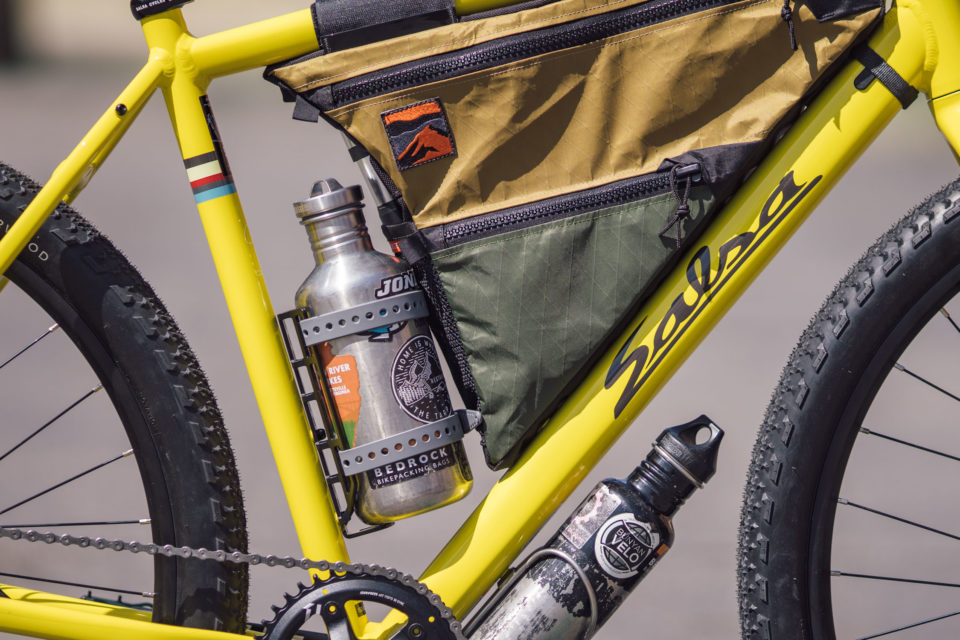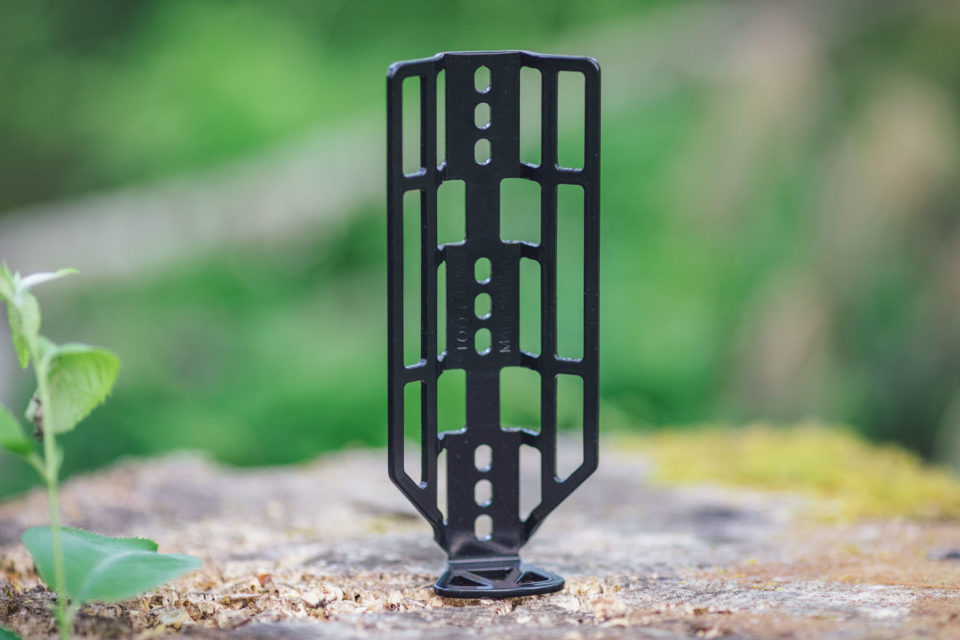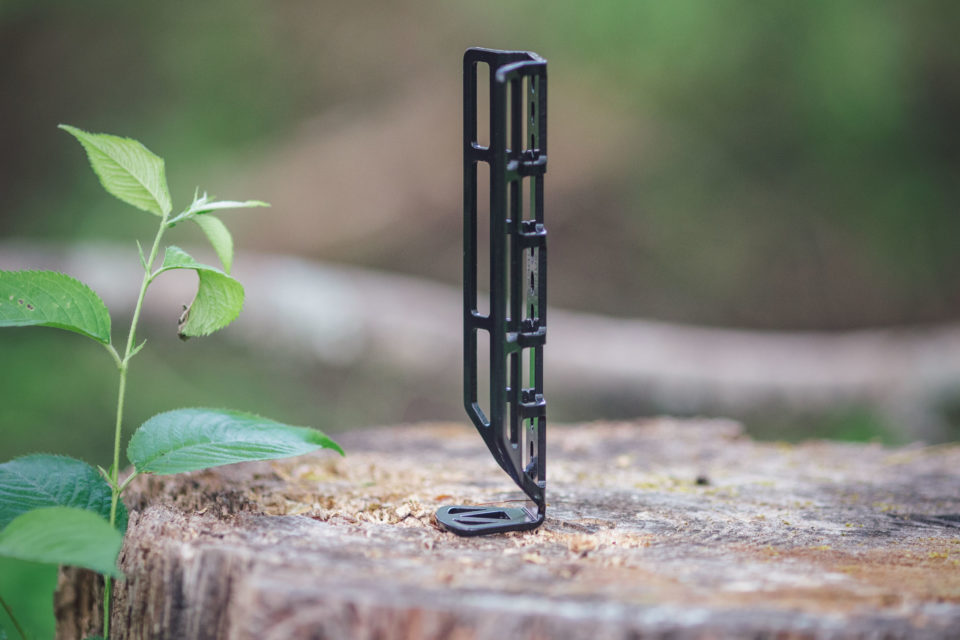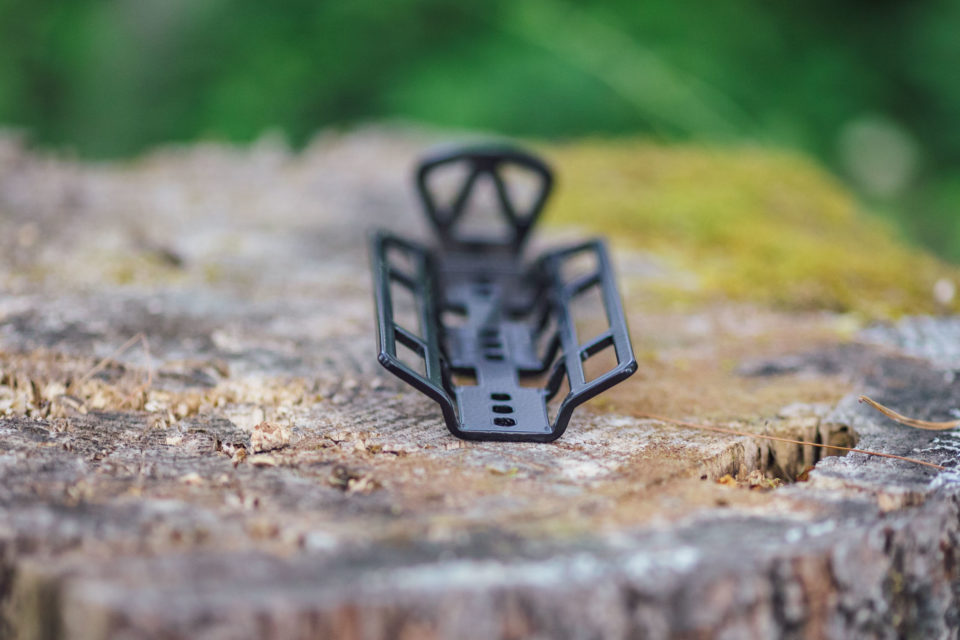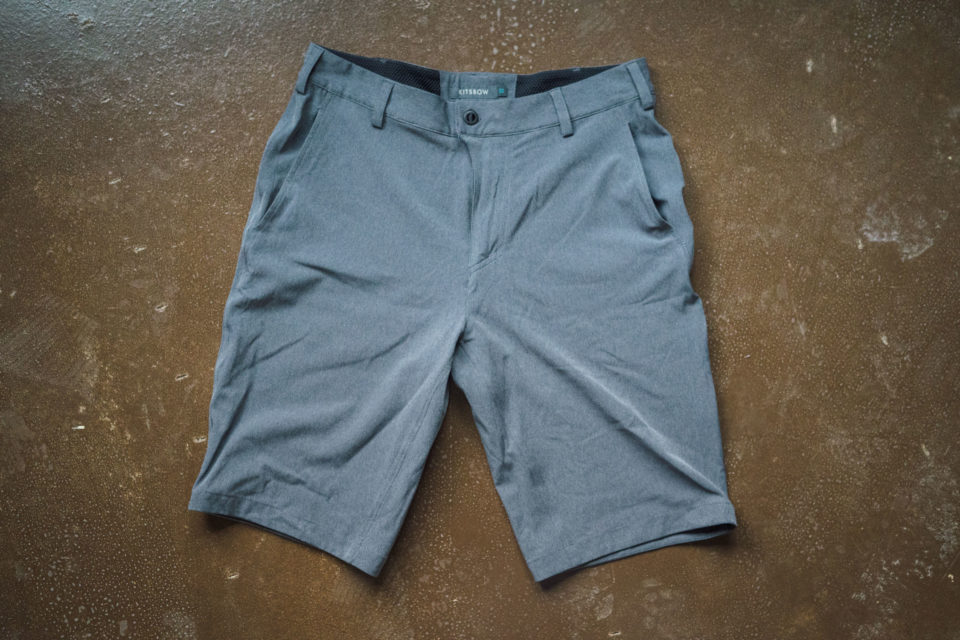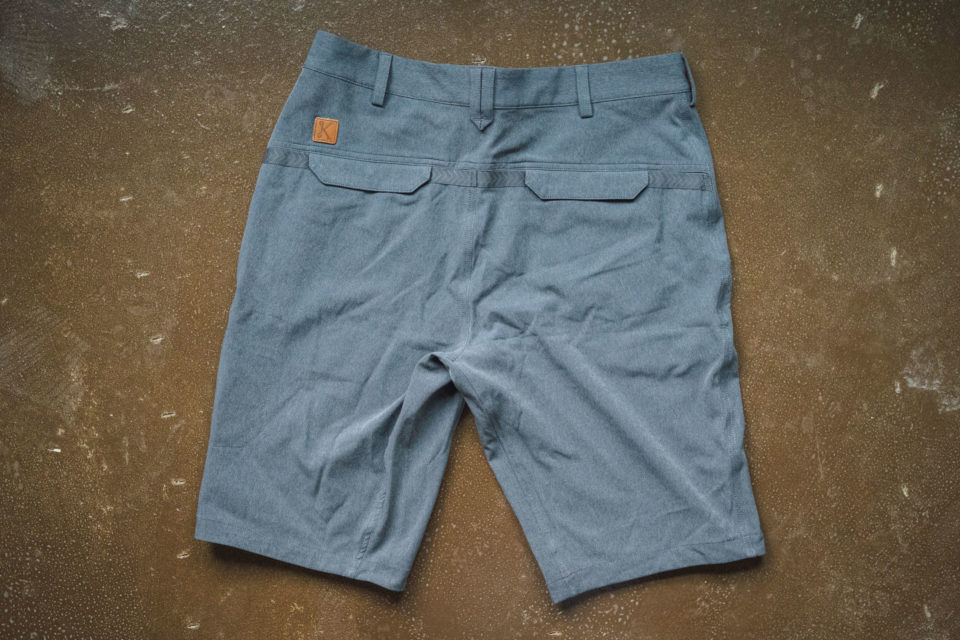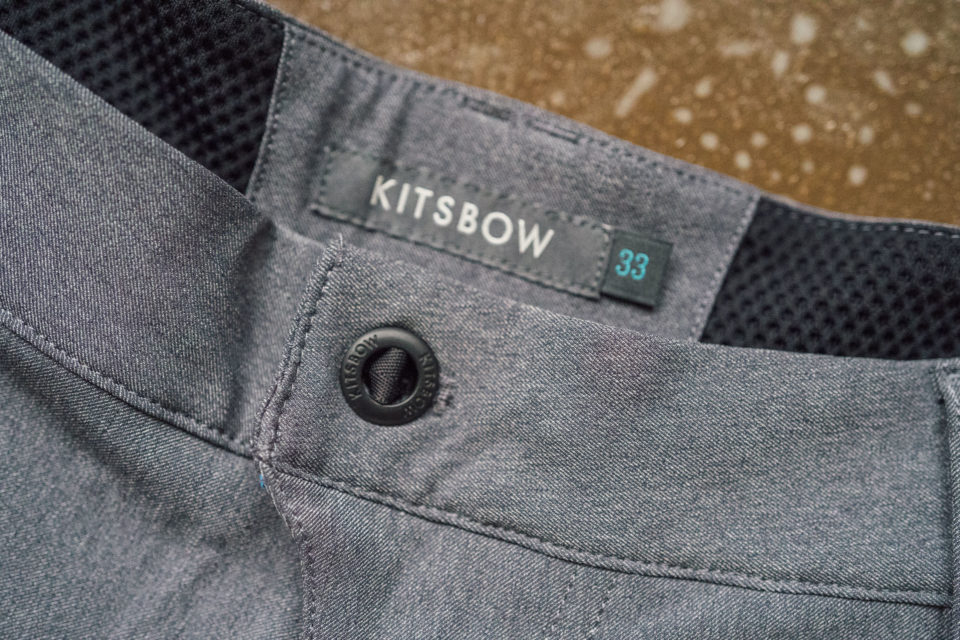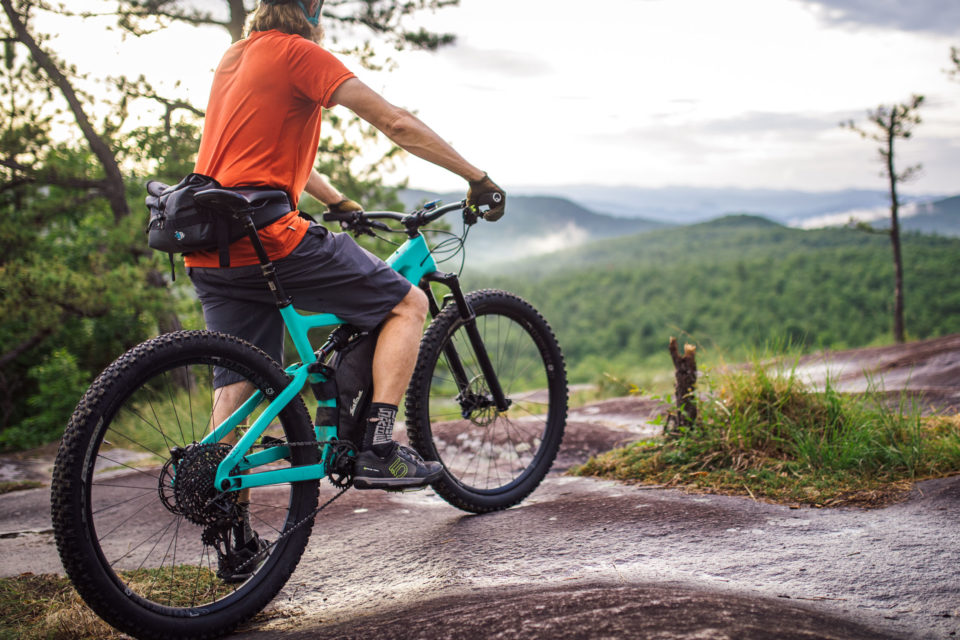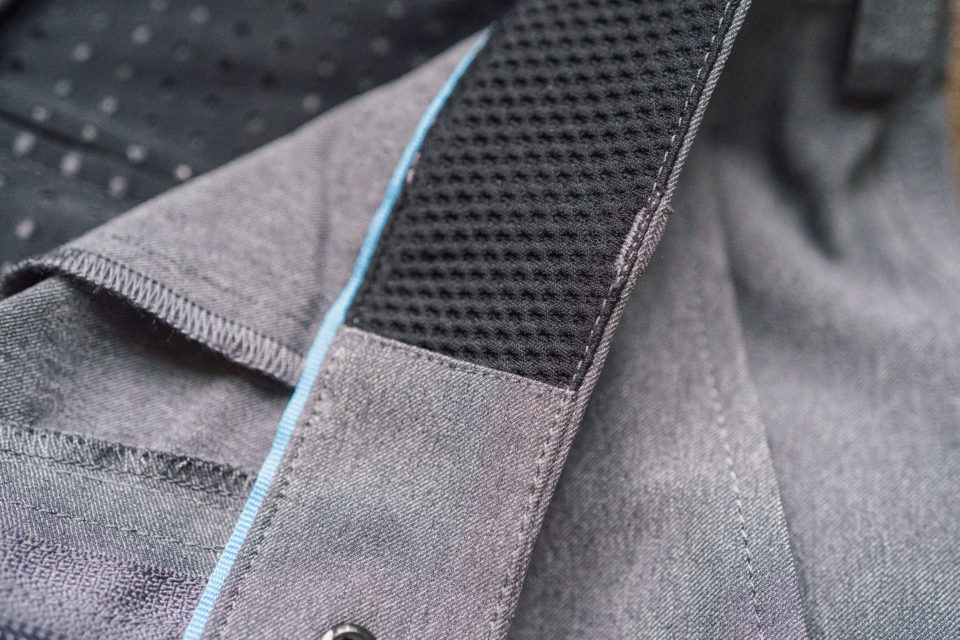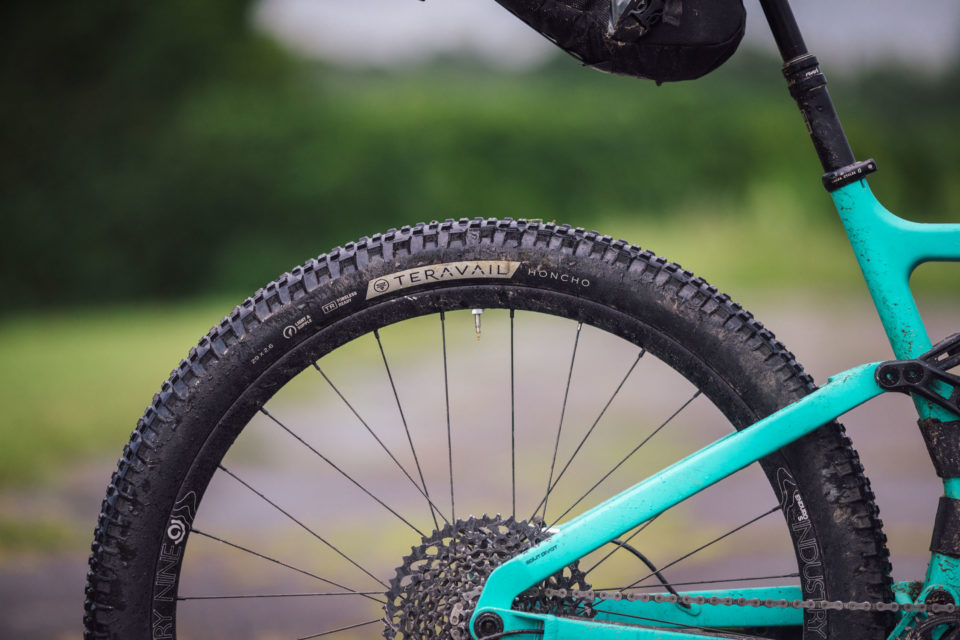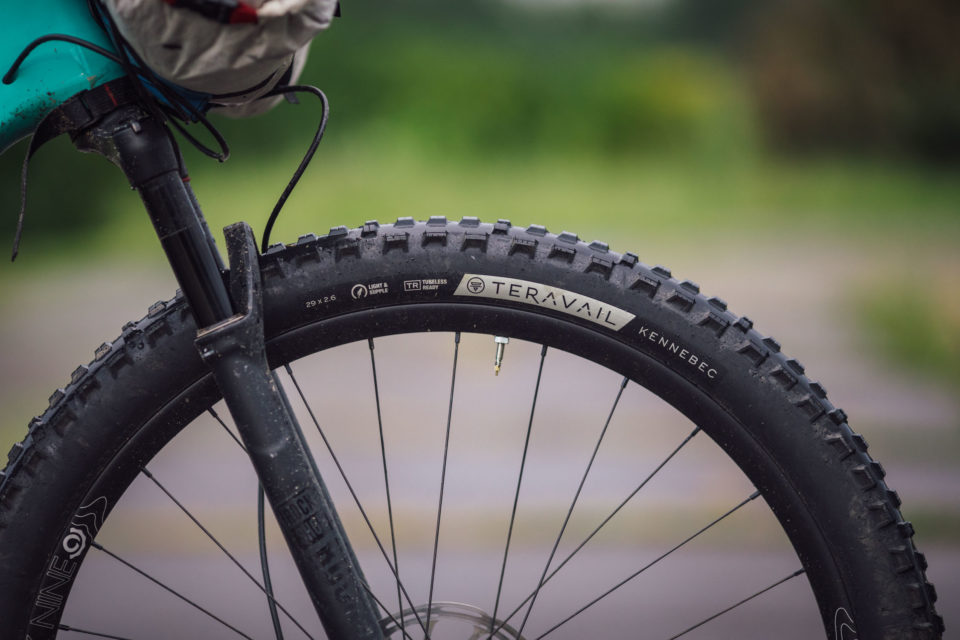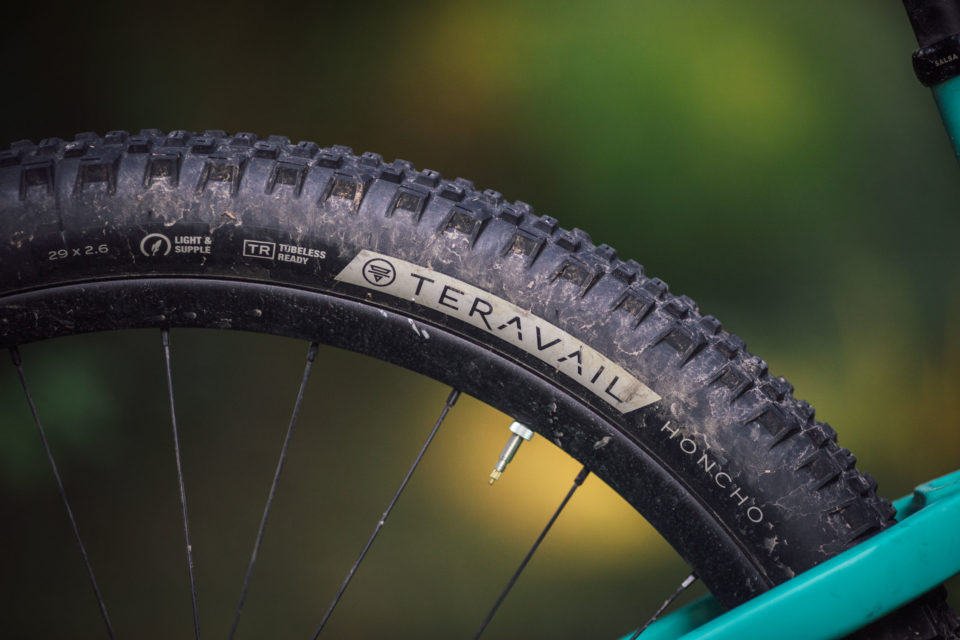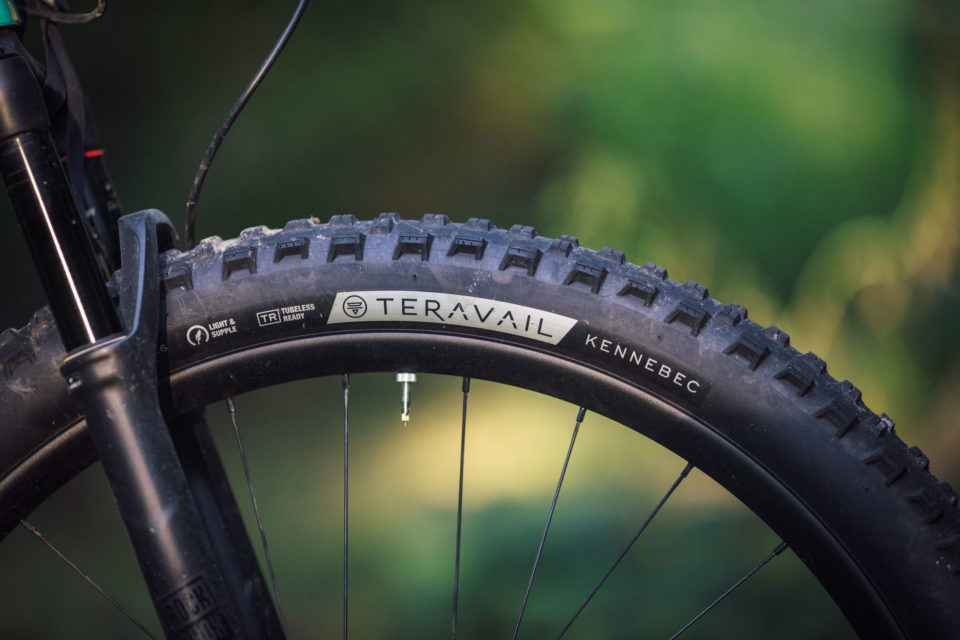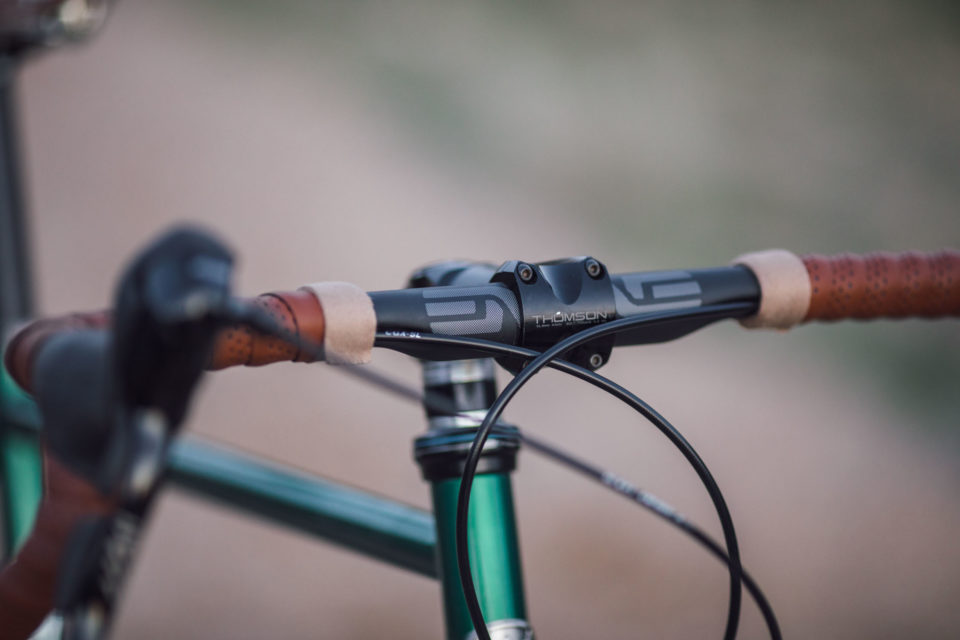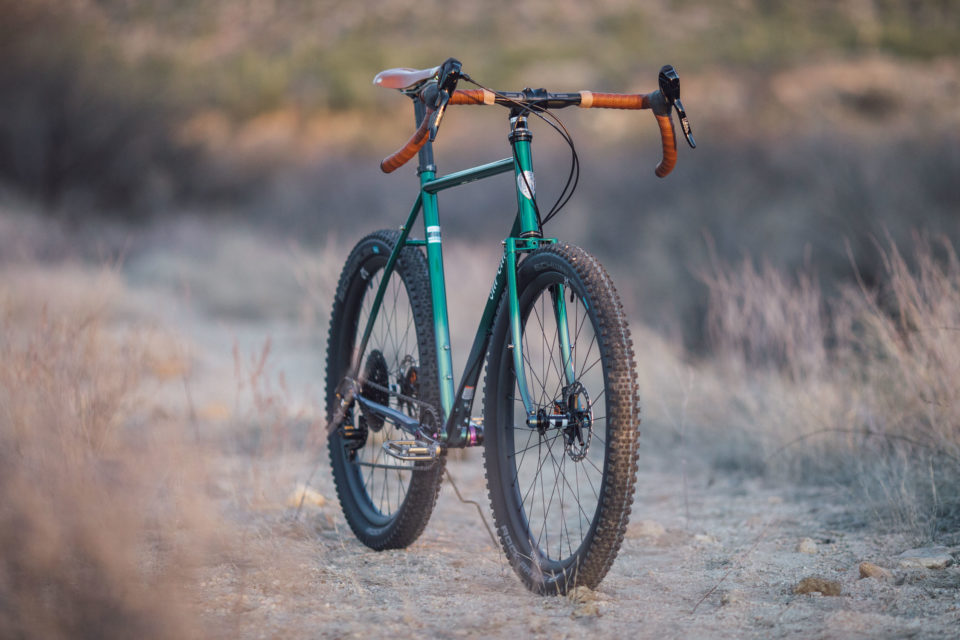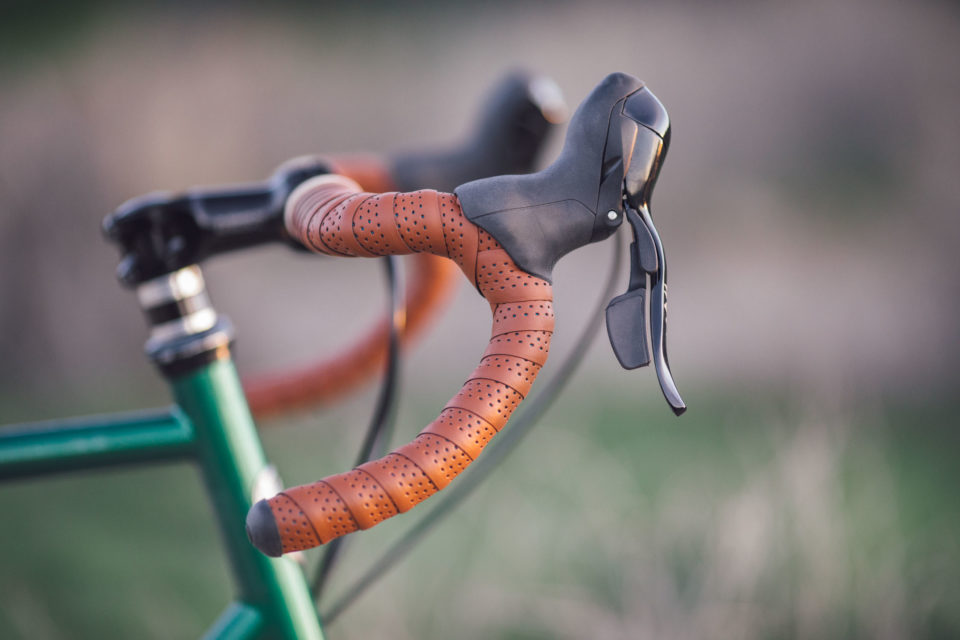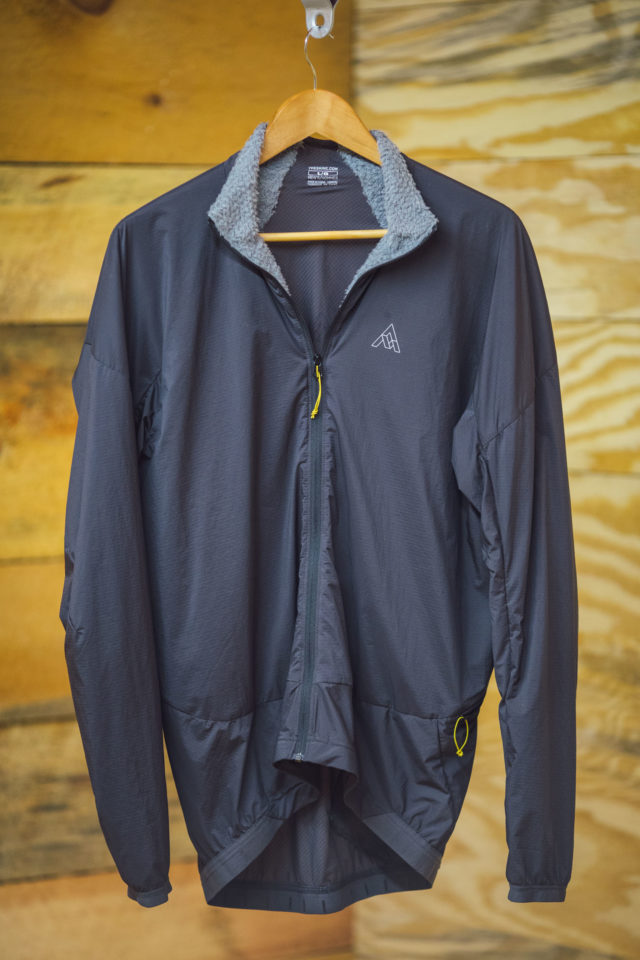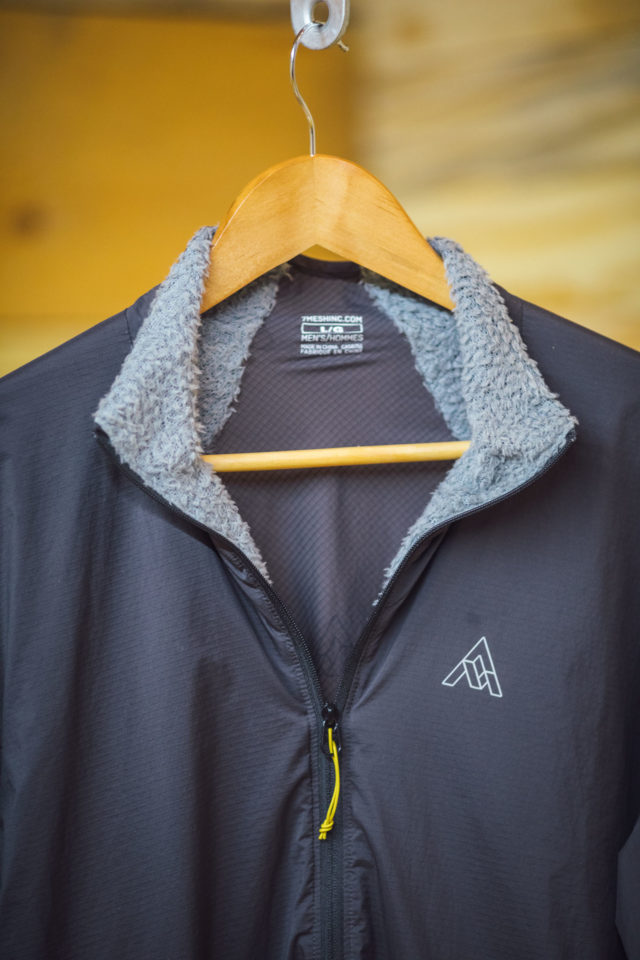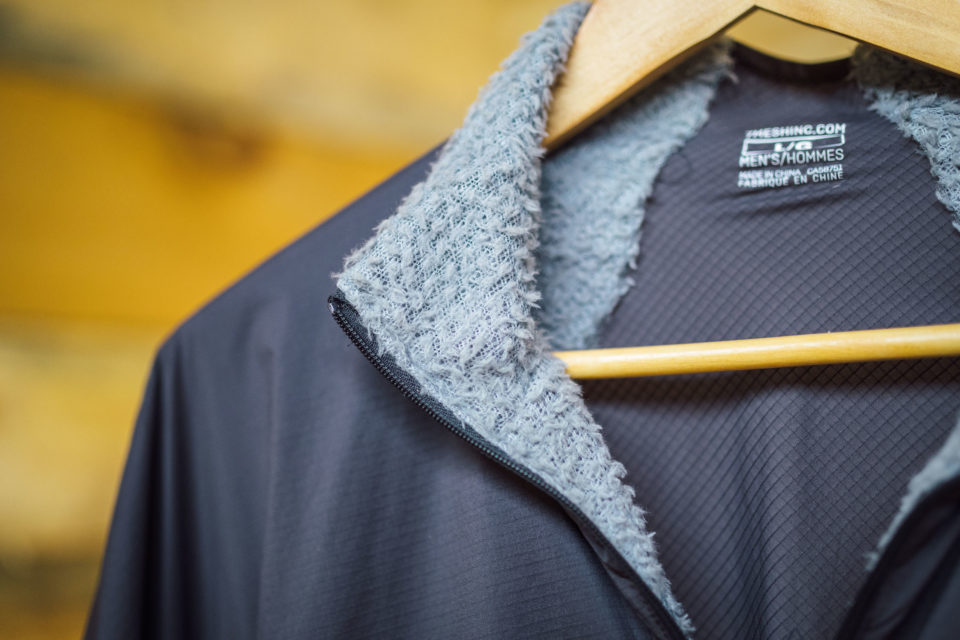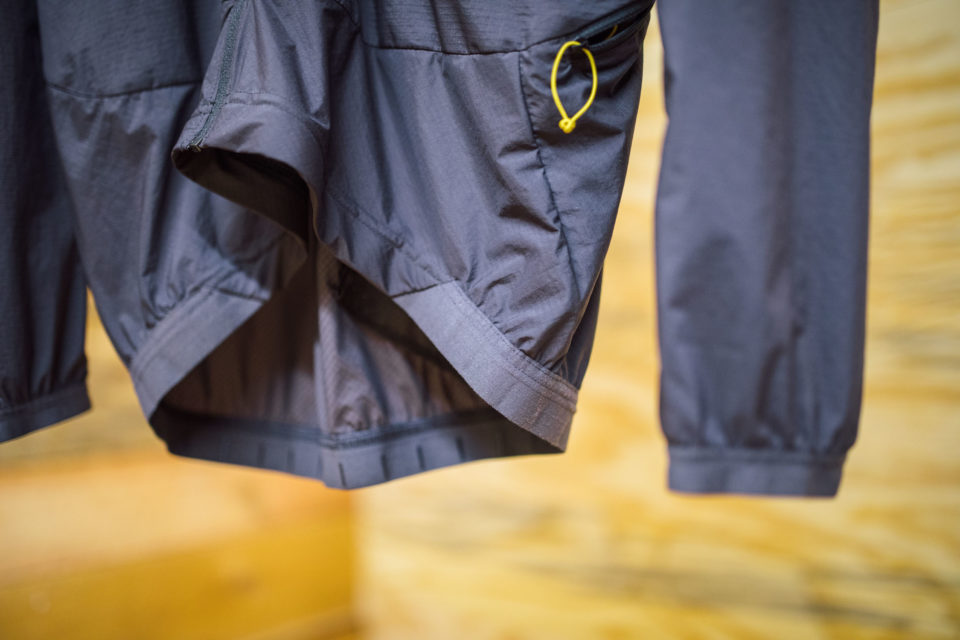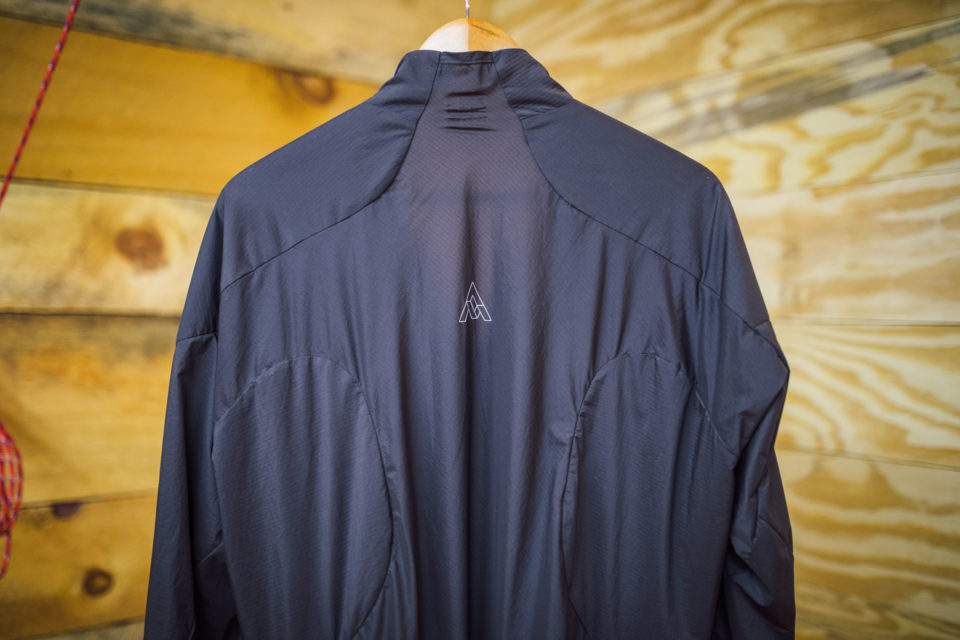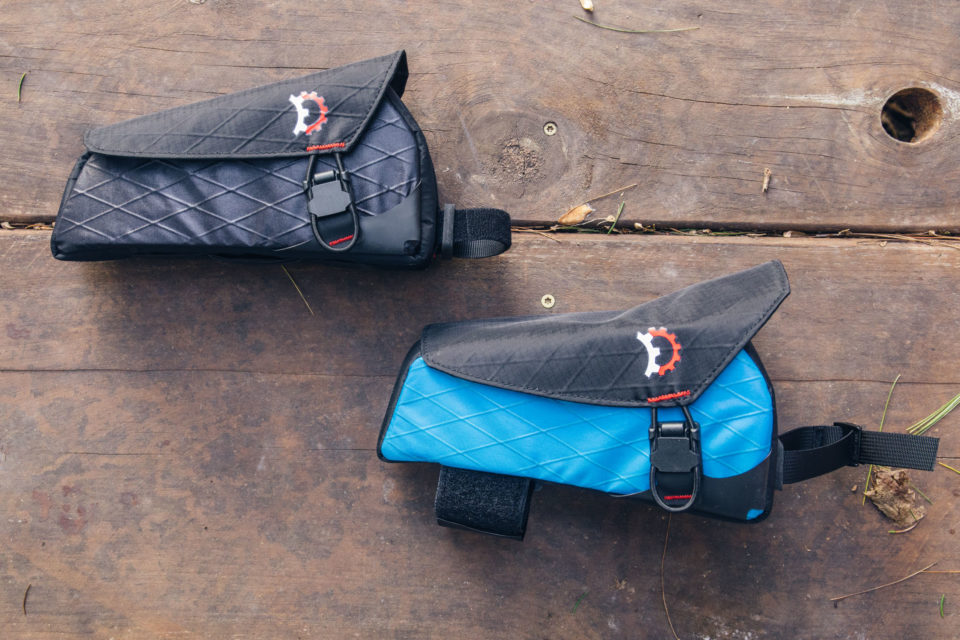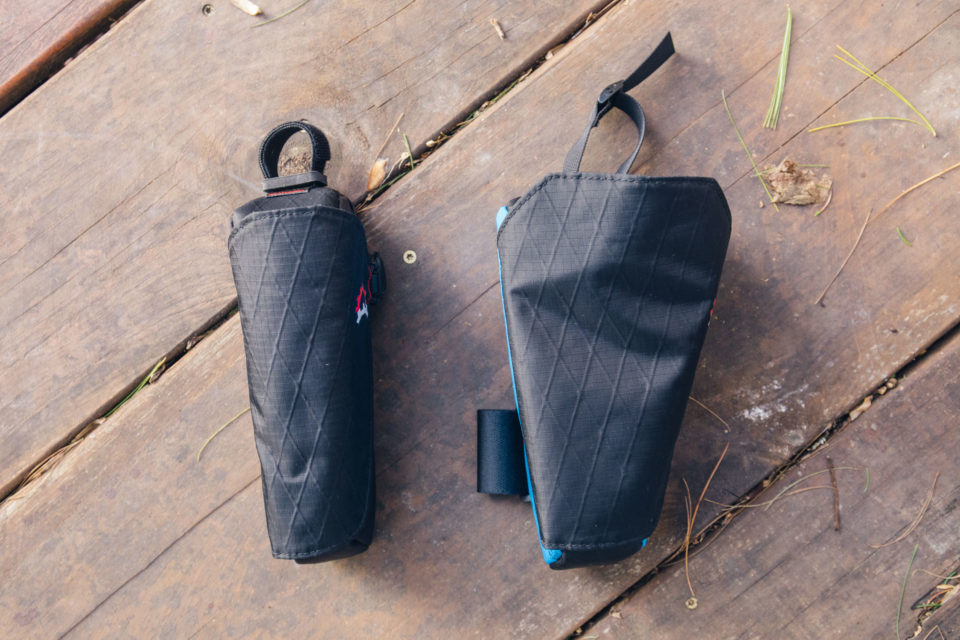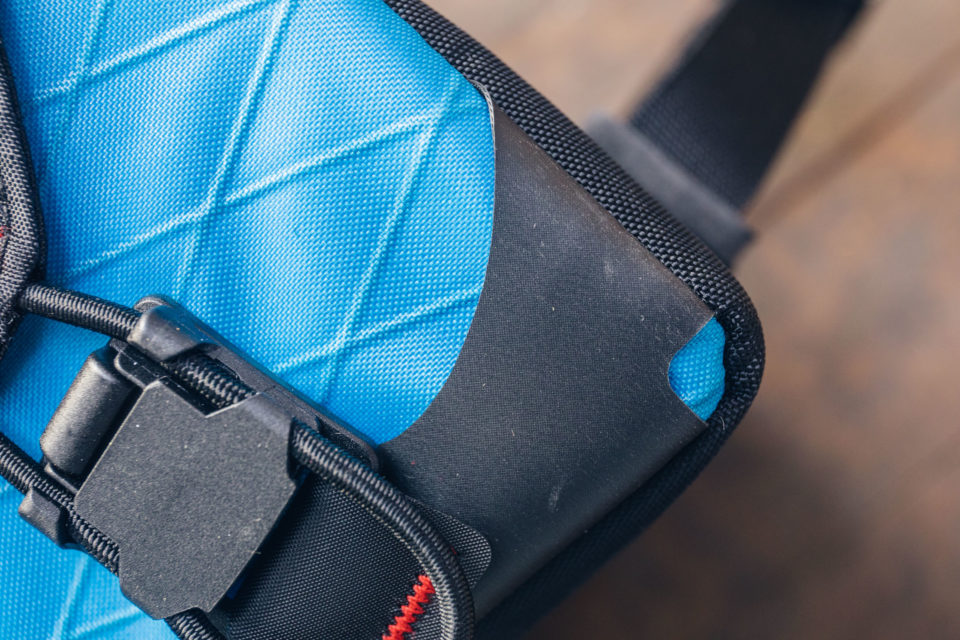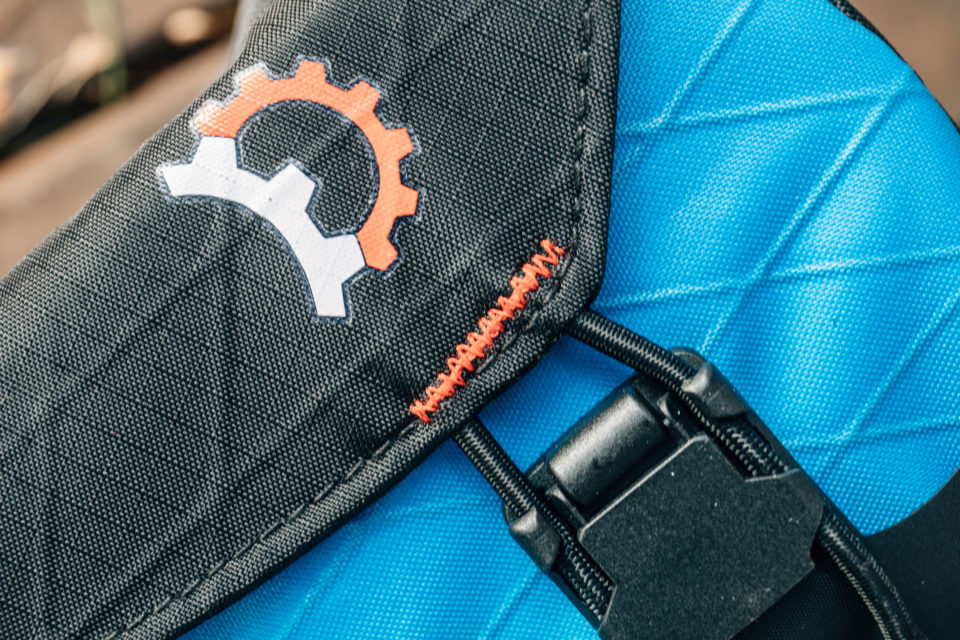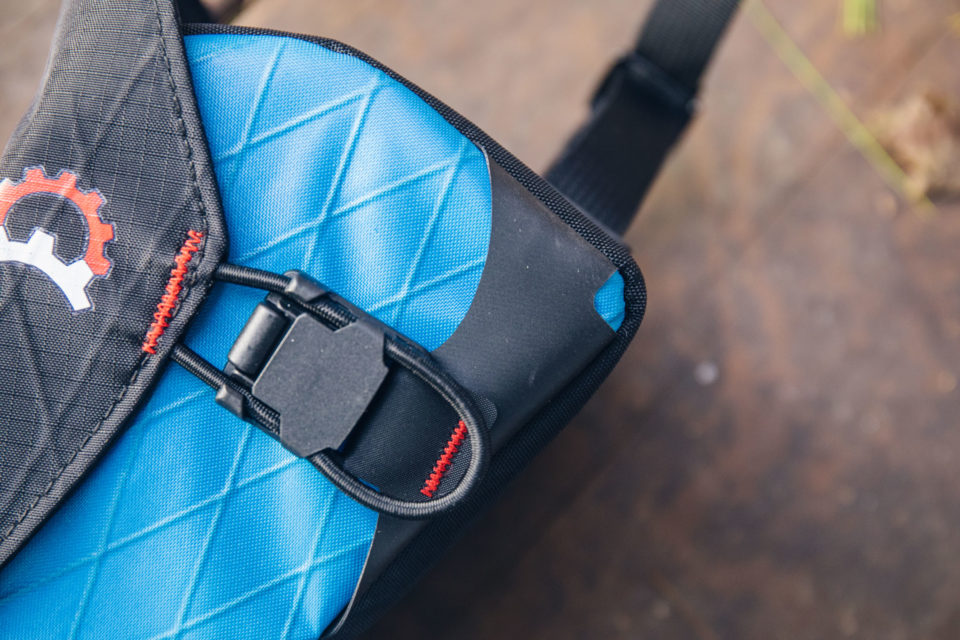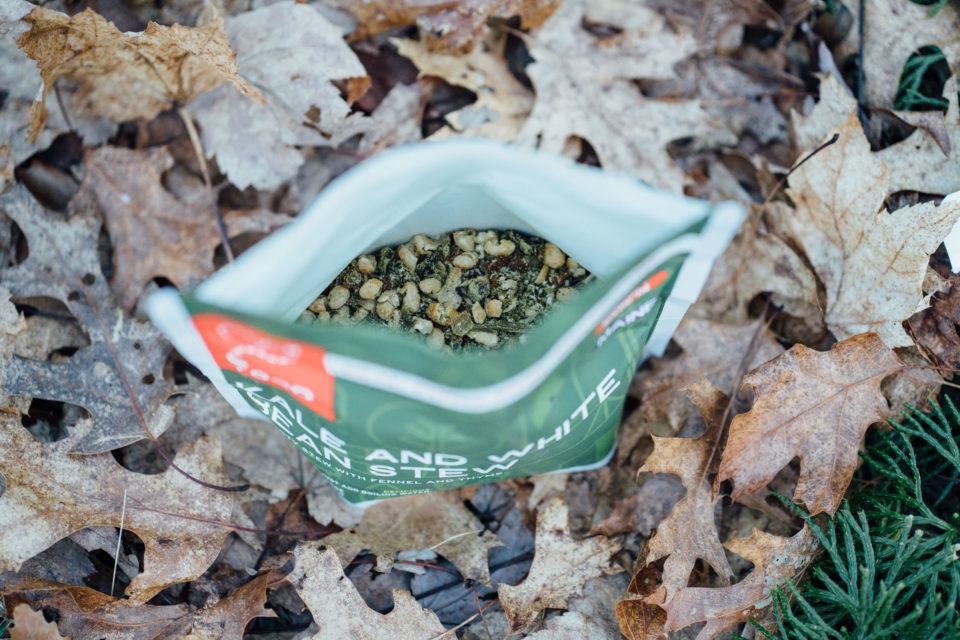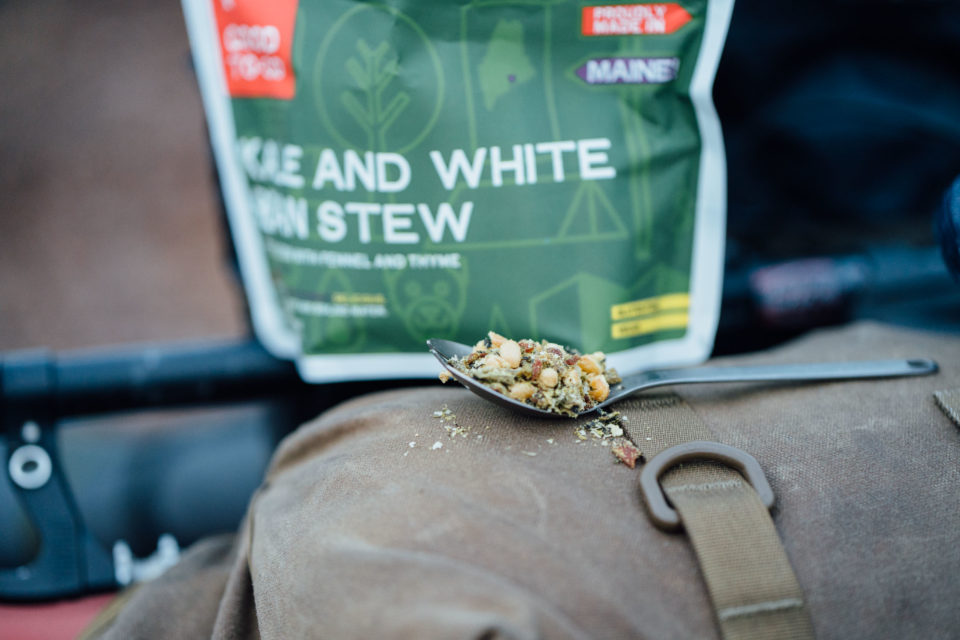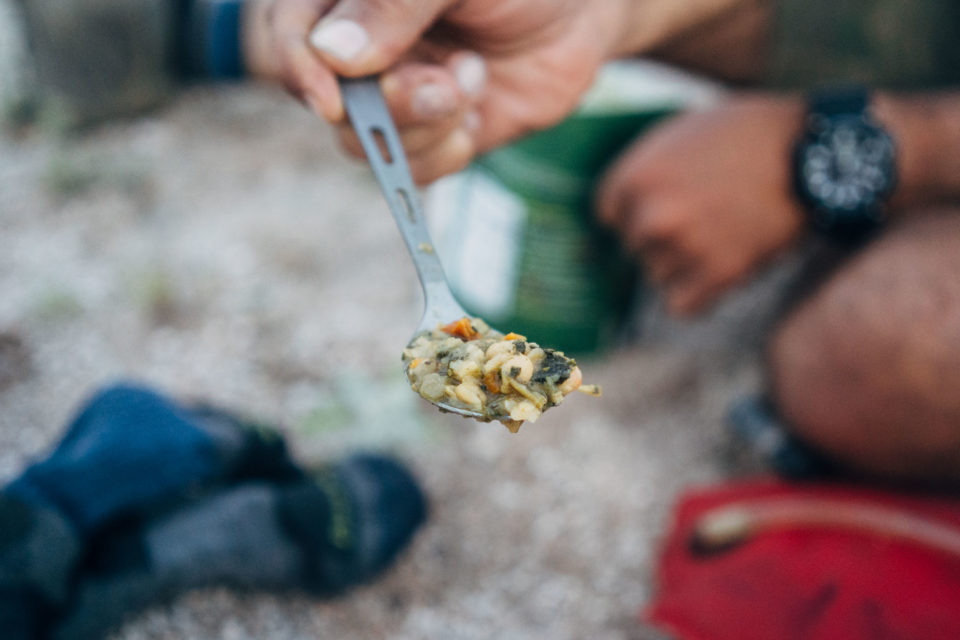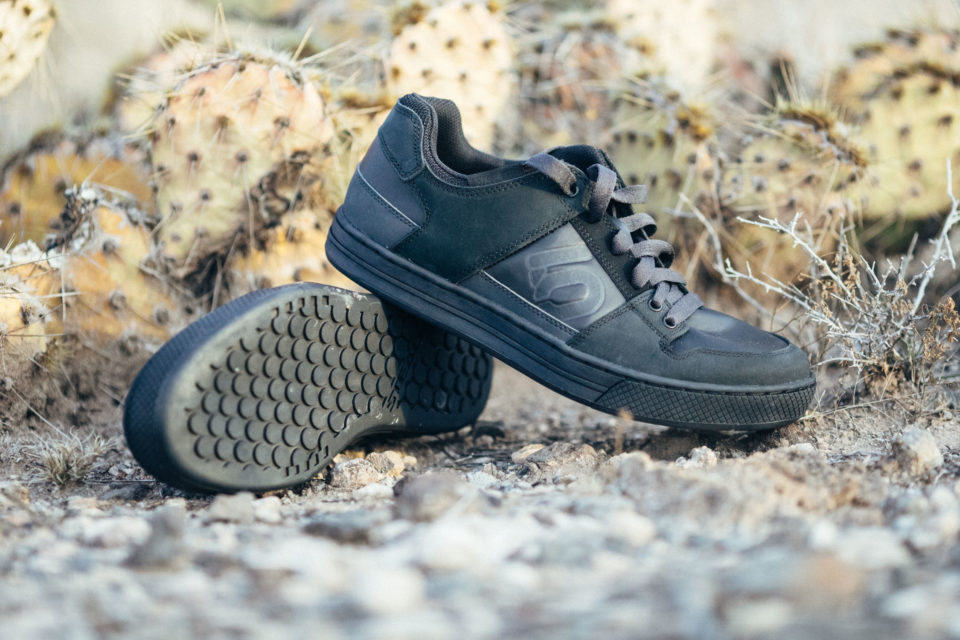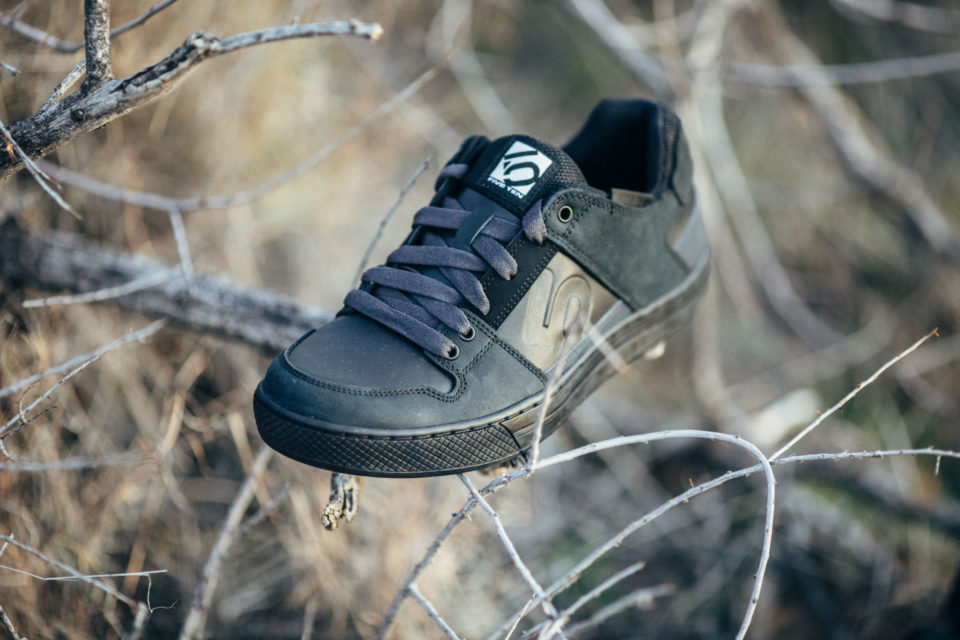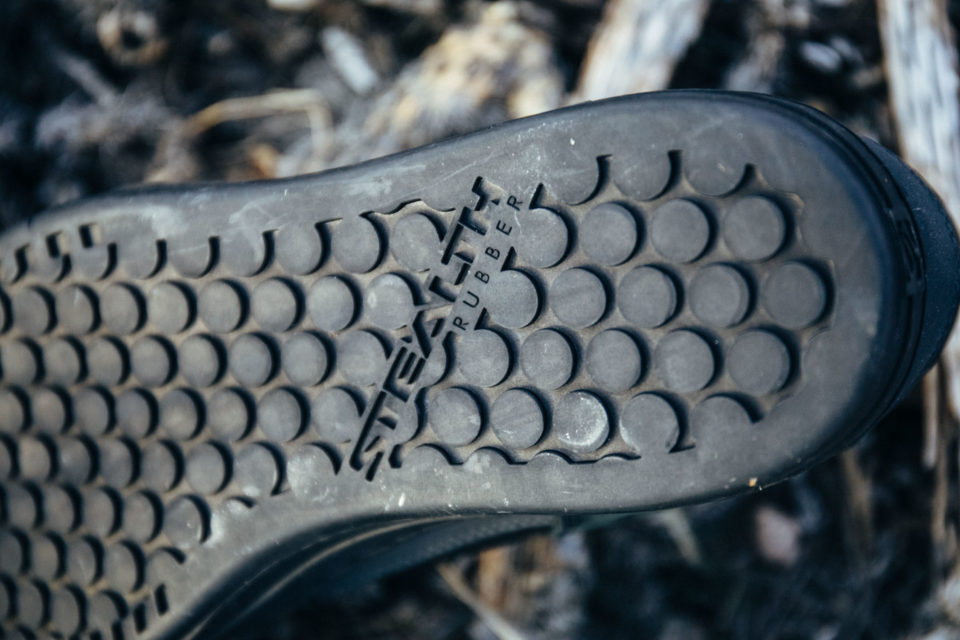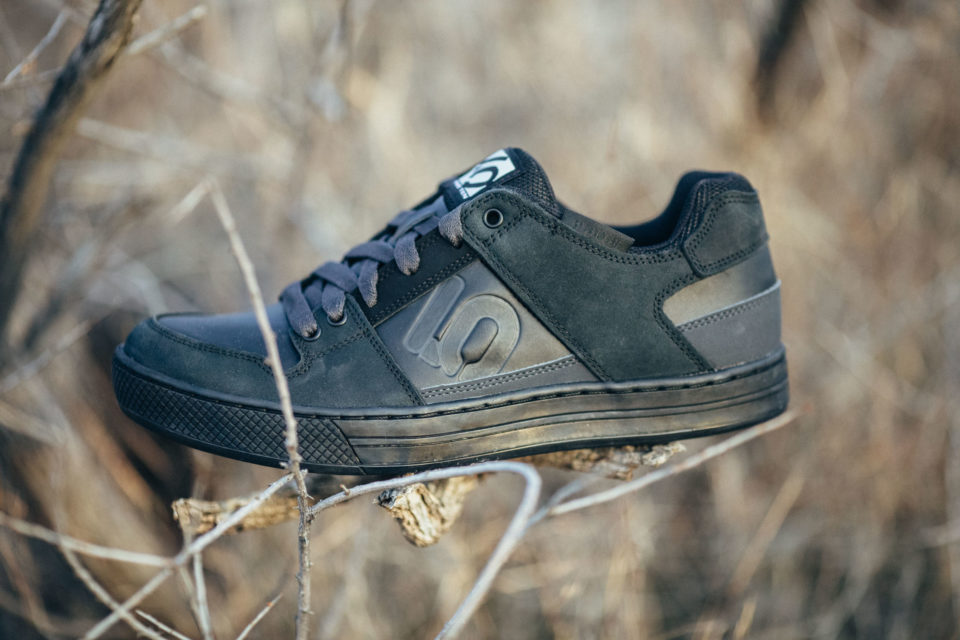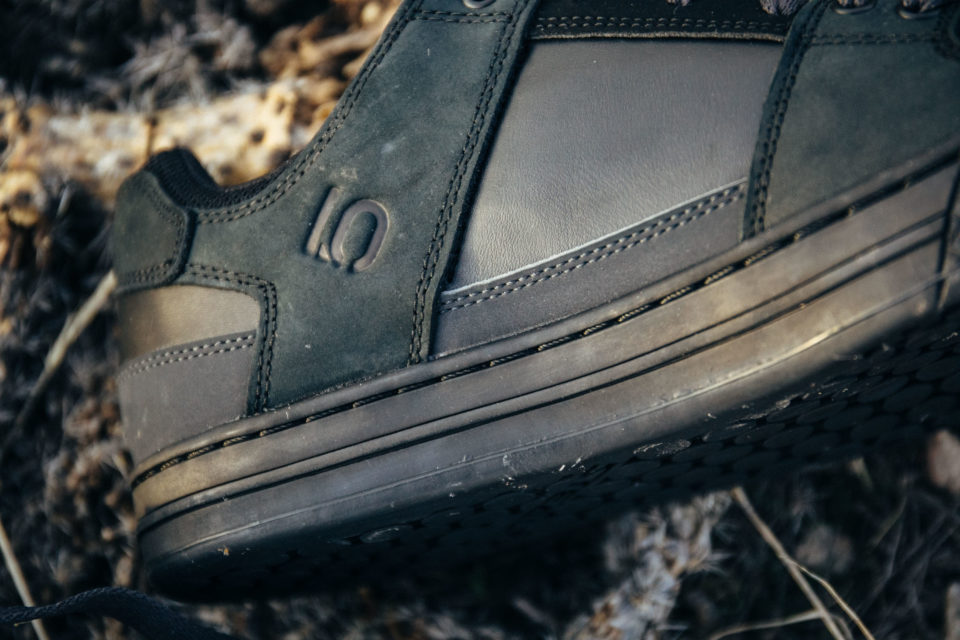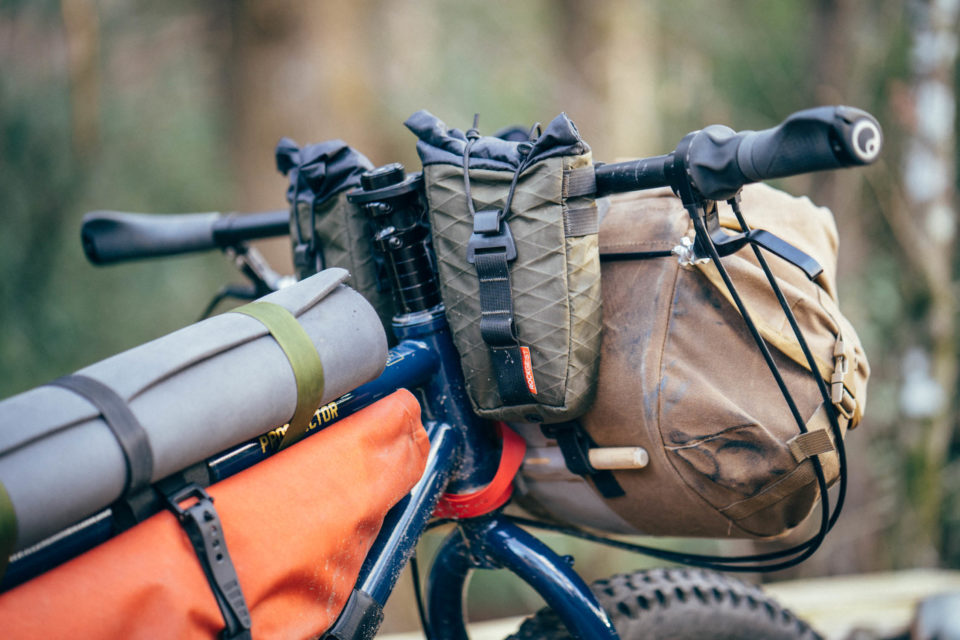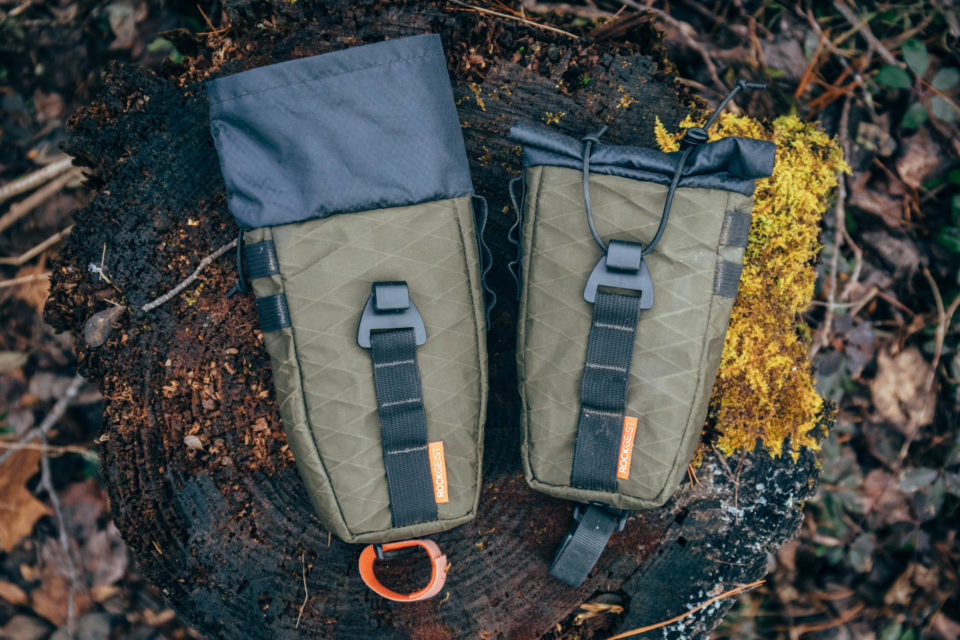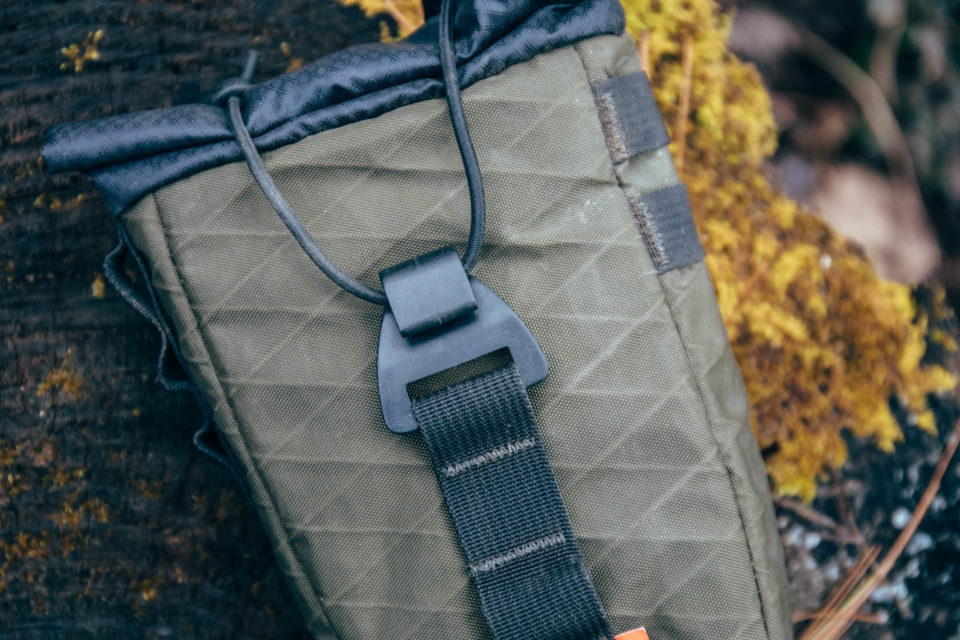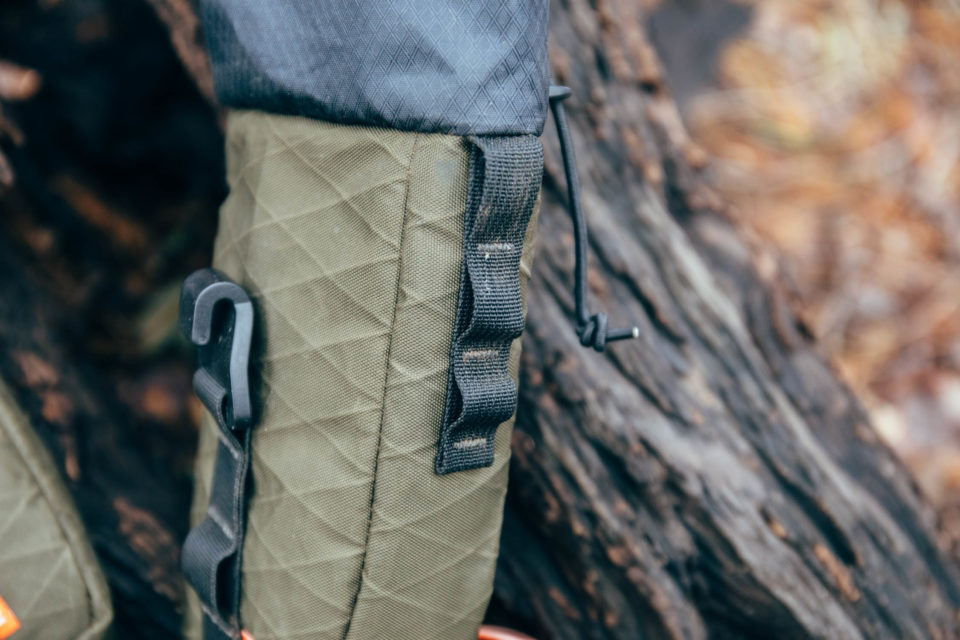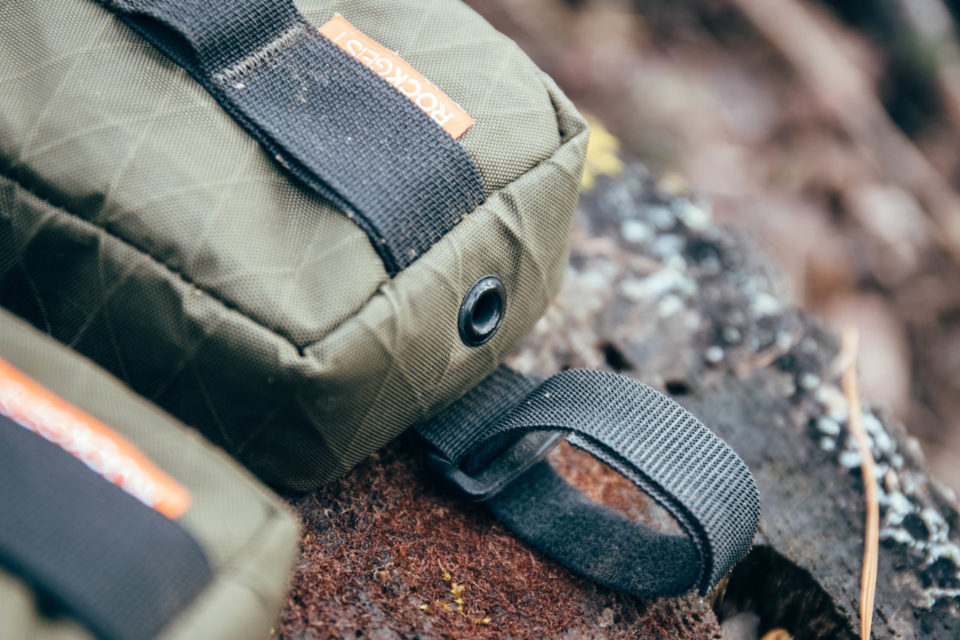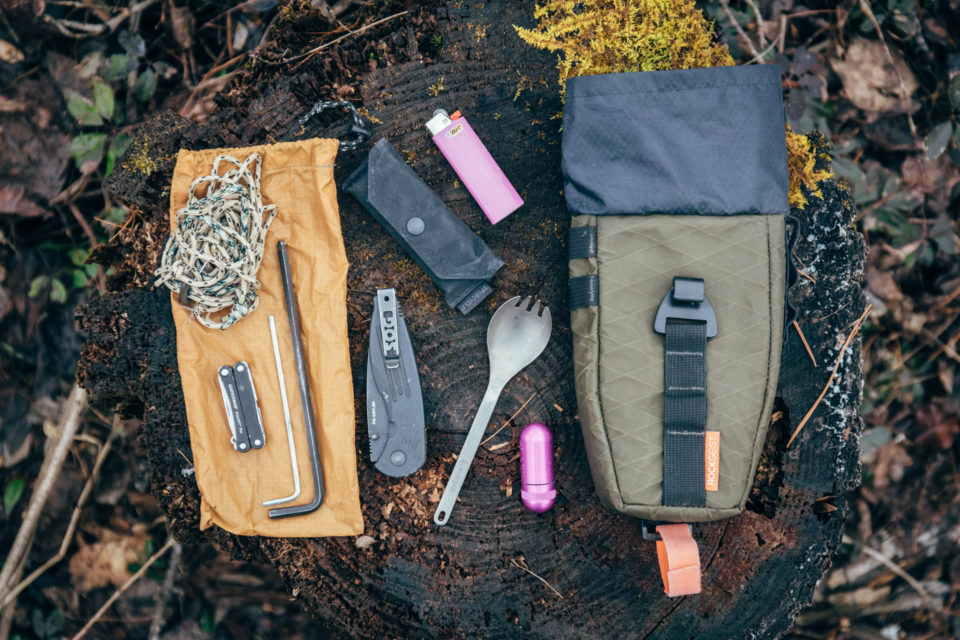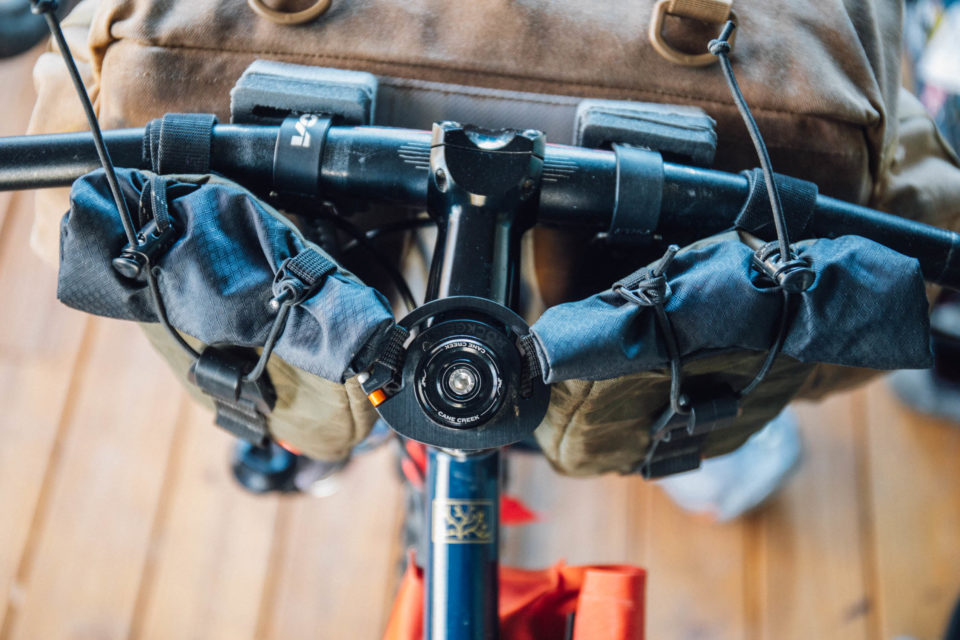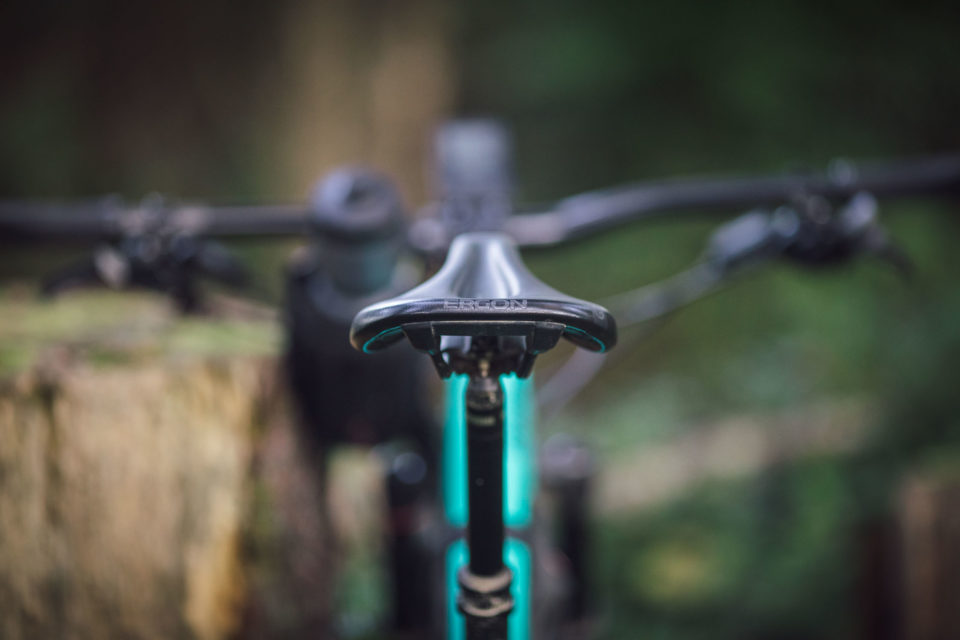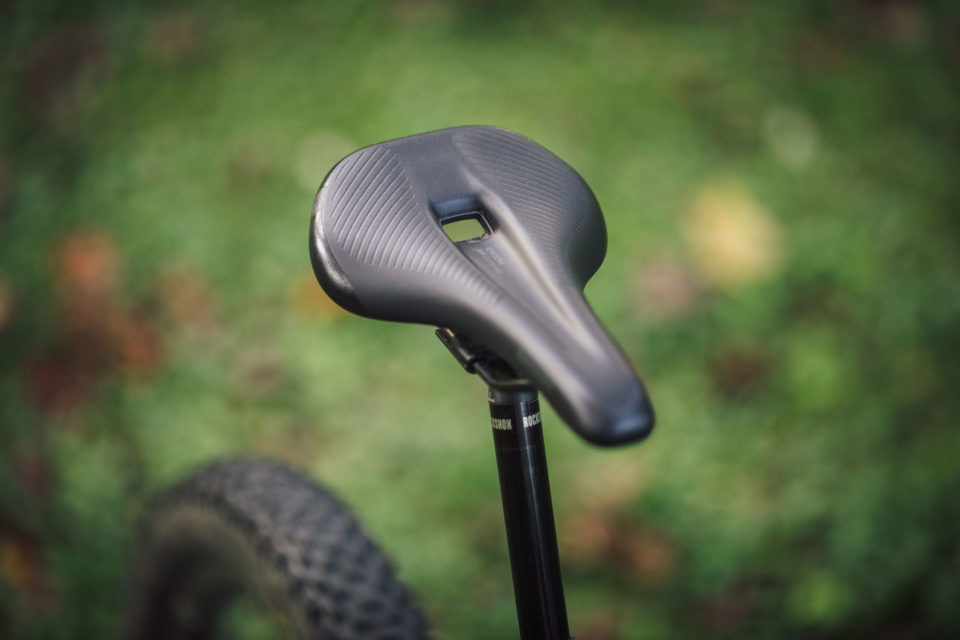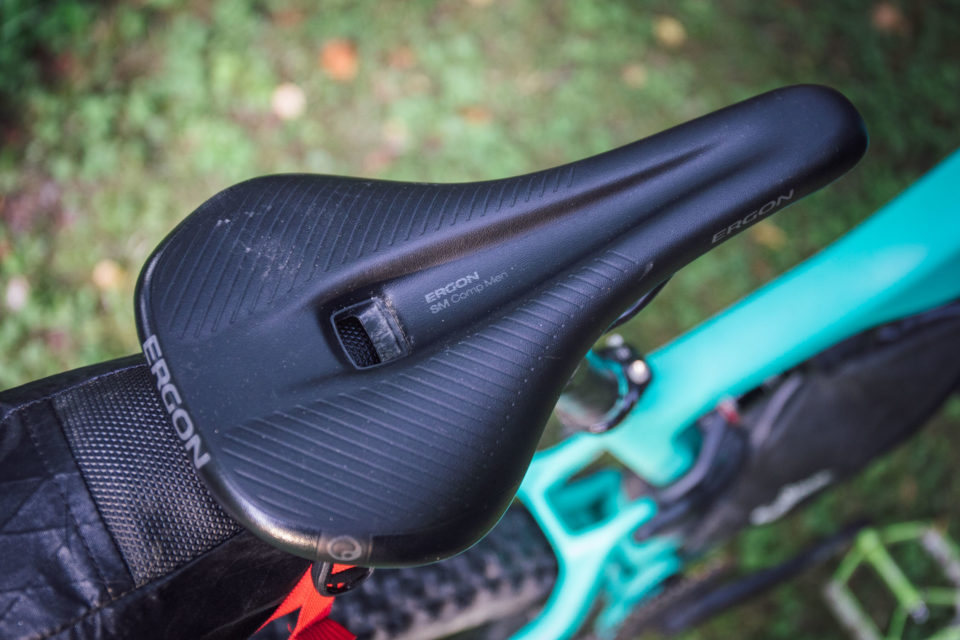Editor’s Dozen: Logan’s Favorite Gear of 2019 (Summer)
The days are getting shorter here in the the Northern Hemisphere, but the season’s just beginning for gear testing. Here are a dozen products—from navigation to footwear—that have become some of Logan’s favorites throughout this past spring and summer…
PUBLISHED Sep 18, 2019
We test a lot of gear on this website and it’s hard to cover each and every product with an in-depth review—one of our hallmarks here at BIKEPACKING.com. The fact is, each of our thorough gear tests requires a lot of time and effort, and we don’t have the bandwidth to publish as many as we (and you) might like. To solve this, we try to punctuate these feature reviews with roundups, indexes, awards, and first looks to make sure that all of our opinions and findings see the light of day. With that, here are 12 products I’ve been using quite a bit this season and really like, but haven’t yet had time to write about. Each is in a mini-review format with a quick writeup, photo gallery, and my impressions. Note that all of these were picked because I’m really enjoying them, so the pros definitely outweigh the cons across the board.
Big Agnes AXL Air Pillow
53 grams / Made in China / $40 at Backcountry
When asked what gear I “splurge” on in my otherwise frugal selection that I bring on most trips, an inflatable pillow usually comes to mind. I’ve been carrying the same Big Agnes Q-Core pillow since it came out (in 2012, I think)—on every trip I’ve been on, large or small. However, there’s now a leaner and better option…
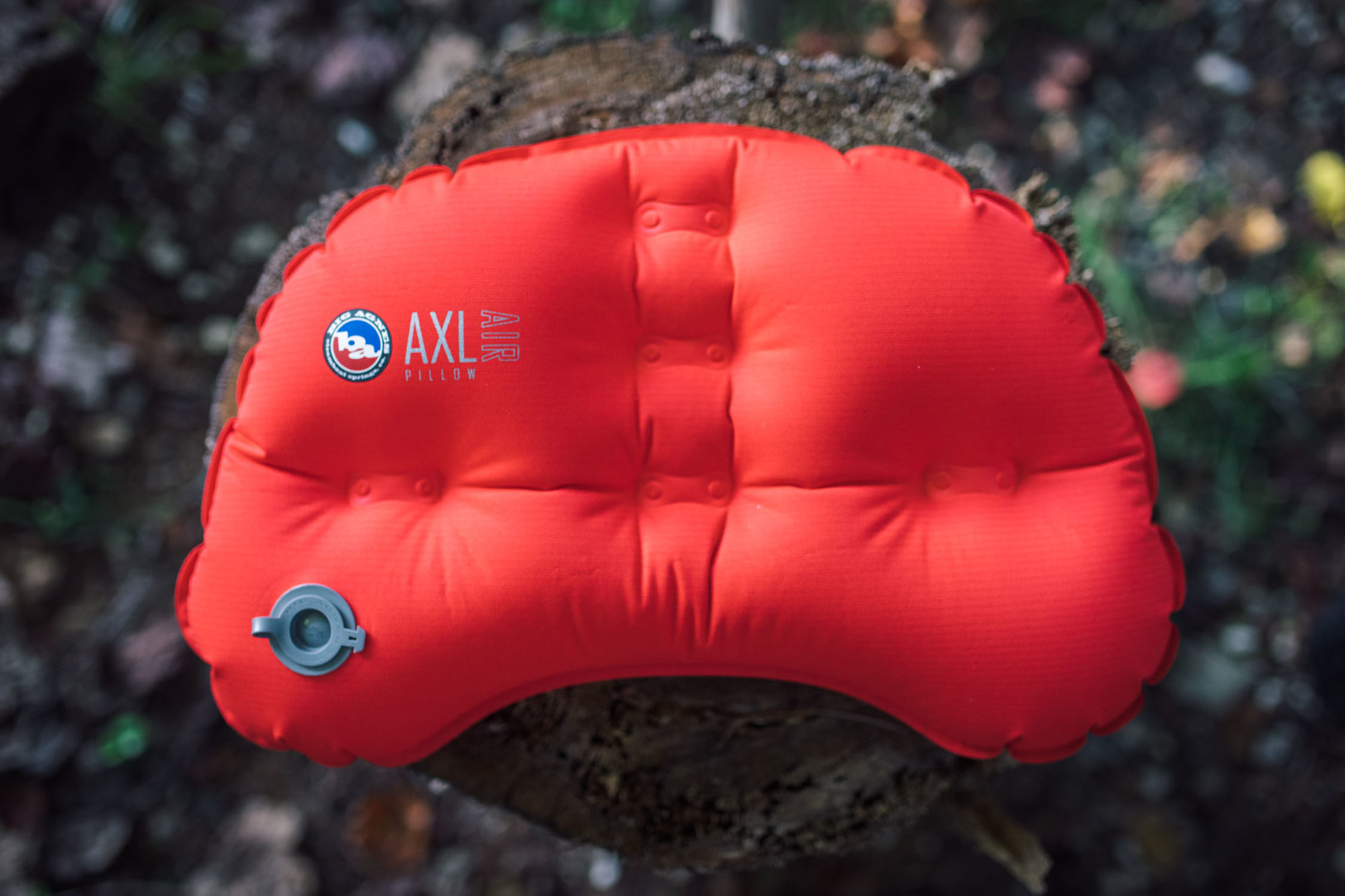
The Big Agnes AXL Air pillow weighs in on my scale at a scant 53 grams and packs up to the size of a deck of cards. It’s certainly lighter and smaller than the Q-Core. But that’s not all that makes it a nicer camp pillow. It’s also softer and much more comfortable. Big Agnes uses what they call an “offset I-beam construction” to provide stability. I’m not exactly sure what that means, but the shape and dimple position work really well for me, both for side and back sleeping. It stays in place and contours well. Better yet, the new “four-way stretch nylon” is far smoother and more plush than the plasticky material used on the old Q-Core. No need for a t-shirt pillow case. I’m hooked.
Wahoo ELEMNT ROAM
Made in China / $400 at REI
Cass reviewed the Wahoo ELEMNT in 2018, but I had no idea how much of a game changer this little device was until I tried the new ROAM model. The ELEMNT ROAM has a slightly different design, a color screen, and expanded navigation features such as route finding and saved locations. I’m admittedly a little bit of a luddite when it comes to GPS devices and tend to only use what I need. So I haven’t explored all the new functionality, but here’s what I really like…
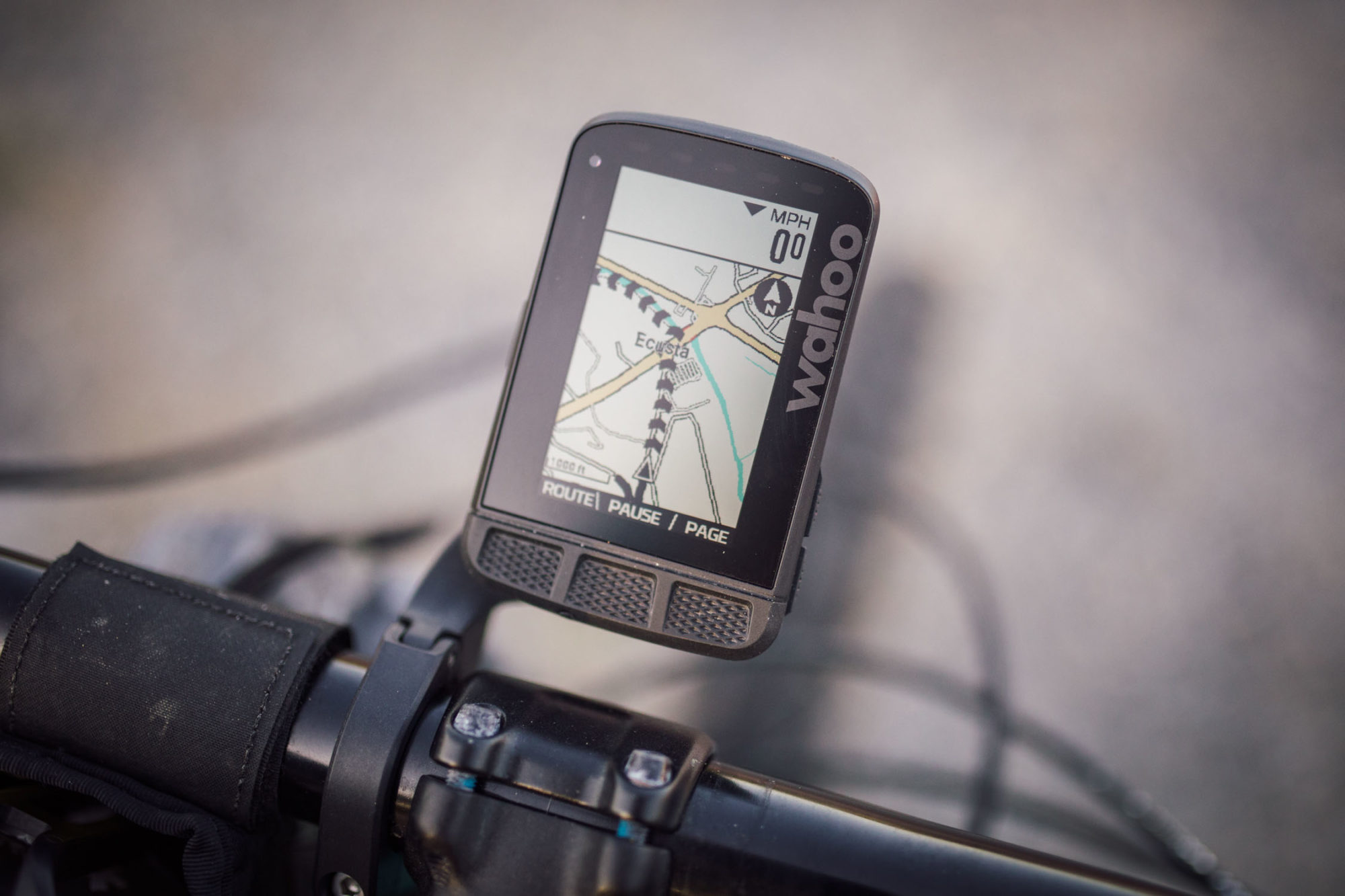
I guess I’m kind of a slow adopter when it comes to GPS devices; I used a Garmin eTrex 20 for years, then got frustrated and went phone-only with the Gaia App. Now the ROAM. Don’t get me wrong, Gaia’s a great solution that I still use (in tandem with the ROAM), but on its own it requires you to stop and study the map and it isn’t really friendly for running on the bars at all times. As such, it often results in missed turns and squinted eyes. This is where the ELEMNT Roam comes in very handy—on the bar, on the fly navigation.
Specifically, the RideWithGPS integration is amazing. In a nutshell, once synced with a RWGPS account, all pinned and saved routes can be accessed from the menu on the main screen of the the Wahoo phone app. From there, you can sort by date, proximity, and other metrics to find a particular route. Once the phone and ELEMNT are connected via Bluetooth, you simply select a route, then it syncs and you verify on the ROAM and start riding. From the head unit, you can toggle to the map menu that “follows” the route and displays a shaded line of arrows to illuminate the way. It also has flashing LED alert that blinks to inform you of an approaching turn—you can deactivate these if they bug you. This makes a huge difference on routes with a lot of turns, such as the segment of the Eastern Divide I scouted in July.
ROAM features a nice, clear, easy to read 2.7” color display, big, easy to use buttons, and gets a really good battery life (15-20 hours based on my testing). The menus are also fully customizable via the app, which is a nice touch. Other new features that make it different from the original ELEMNT include an ambient light sensor that automatically turns the screen backlight on or off and adjusts the brightness of the screen. It also includes a nice out-front mount. Sure, like any electronic device, it has a couple quirks, but overall I’ve been very impressed.
Widefoot CargoMount Cage
71 grams / Made in USA / $42-55 at Widefoot
Recently added to our Index of Cargo Cages, the Widefoot CargoMount is a relatively new three-bolt, Anything-style cage. I’ve been able to put quite a few miles on one this summer and quite like it. In short, the CargoMount is an elegant little cage that’s lighter and smaller than many of the other options on the market, and it works very well.
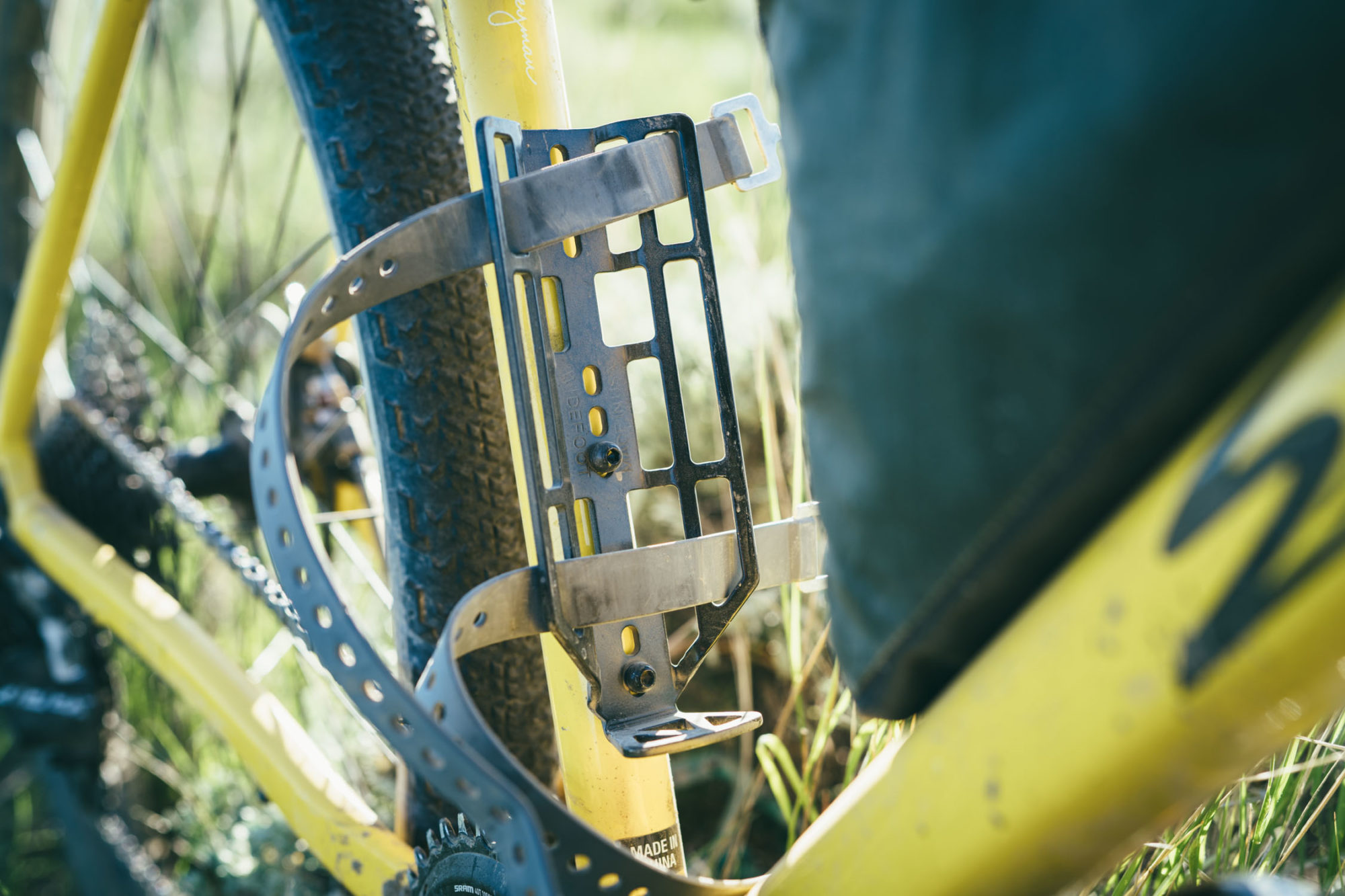
The Widefoot CargoMount is constructed out of aluminum and powdercoated in four colors—purple, mint, black, and orange. The “3×3″ configuration of slotted mounting holes allows you to fine tune the vertical position of the cage to make room for other bags or components. The CargoMount is designed to be mounted on frames and forks that have three-pack bosses, although I think you could probably get away with two bosses and an extra Voilé Strap through and around the cage. Speaking of, the CargoMount also has nicely integrated slots for Voilé Straps, which make it easy to thread the straps into the cage and around the actual cargo. And each Widefoot CargoMount comes with a pair of Voilés in your preferred length—15, 20, or 25”.
Kitsbow Lightweight Haskell Shorts
312 grams (size 33) / Made in Vietnam / $148 at Kitsbow
If you saw our Gear of the Year Awards last year, you know we’re pretty fond of the regular Kitsbow Haskell shorts. After 3,000+ miles on the Haskells, I can confidently say they’re bombproof. However, they definitely aren’t lightweight (at 454 grams). Kistbow knew this as well and announced a new lightweight version of the Haskell earlier this year.
Like the original (or version 2, as it were), the Lightweight Haskell is tailored just right; not too long and not too short. Also like the V2 Haskell, the Lightweight version has reflective taping for visibility, five pockets (two traditional front pockets, two snap rear pockets, one zip cargo pocket), and a really nice webbing-secured button. What makes it different is the material. The 312 gram Lightweight Haskell is constructed out of a dual stretch woven nylon, which is pretty comfortable, stretchy, and definitely not as heavy as the fabric used in the original. Even so, it also seems pretty tough. I’ve been using it all summer and there’s no issues or wear to speak of, nor does it seem to trap odor, which is saying something considering it’s been the hottest summer I can remember on the East Coast. Even during our trip to New York and Vermont this summer temps were in the 90s!
Teravail Honcho/Kenebec Combo
1005/940 grams (Kennebec/Honcho) / Made in Taiwan / $70 Kennebec Honcho
Around my home in western North Carolina’s Appalachian mountains, trails are rocky, rooty, and often quite slick (“greasy” is the term locals use to explain it). The most prevalent tire combo around here is a Maxxis Minion DHF up front for unquestionable traction, and a Rekon or Ardent in the back for speed and nimbleness. When Teravail announced the Honcho earlier this year, I thought it might be interesting to try it with their Kennebec, which shares a similar lug pattern with the DHF, resulting in a similarly trail-worthy combination.
I’ve now put a few hundred miles on the Kennebec/Honcho combo—both in the Light and Supple casing in 29 x 2.6″. I was also fortunate enough to simultaneously run a 29 x 2.6″ DHF/Rekon pair on another bike I was reviewing, which made for a nice side by side comparison. So, is the Teravail combo as good as or better than the Maxxis pair? That’s hard to say; they each have their own set of pros and cons. The weights are pretty consistent in the 29 x 2.6″ spectrum—the 29 x 2.6″ Kennebec (light and supple, which is what I’ve been using), weighs about 75 grams less than the Maxxis Minion DHF (1080 grams in 3C/EXO+/TR casing). Comparing the Honcho to the Rekon in the same tread and casings, the Rekon has a claimed weight of 890 grams in the 3C/EXO+/TR casing while the Honcho weighs about 940 grams. So not much difference there, either.
In the traction department, I think they’re also similar. The Honcho has a little more bite than the Rekon, especially in wet conditions, where the Rekon suffers. I liked the extra traction, but it’s also a little slower and noisier. The Kennebec is very similar to the DHF in many ways, actually. I think it might be a hair slower than the DHF, but it’s close. It definitely has a more rounded tread area and is wider, overall (I’ll add the actual width this afternoon), but that didn’t hurt its unshakable traction. Either way, I think this combo is a good option. And, one last note, it seems like the Teravails wear less quickly than the Maxxis tires.
Enve G Series Gravel Handlebar
281 grams / Made in USA / $400 at ENVE
Going straight to the point, I love this handlebar. I can’t say that everyone will, because it’s insanely expensive. Like $400-expensive. But it’s hands down (no pun intended) become my new favorite drop-handlebar. And for the record I have about a dozen at the moment as I’m working on a big Gear Index. What makes it special, you might ask? First off, the width. This is one of the only gravel bars out there that comes in a properly wide 48cm width—60cm at the drops. It’s also super comfortable.
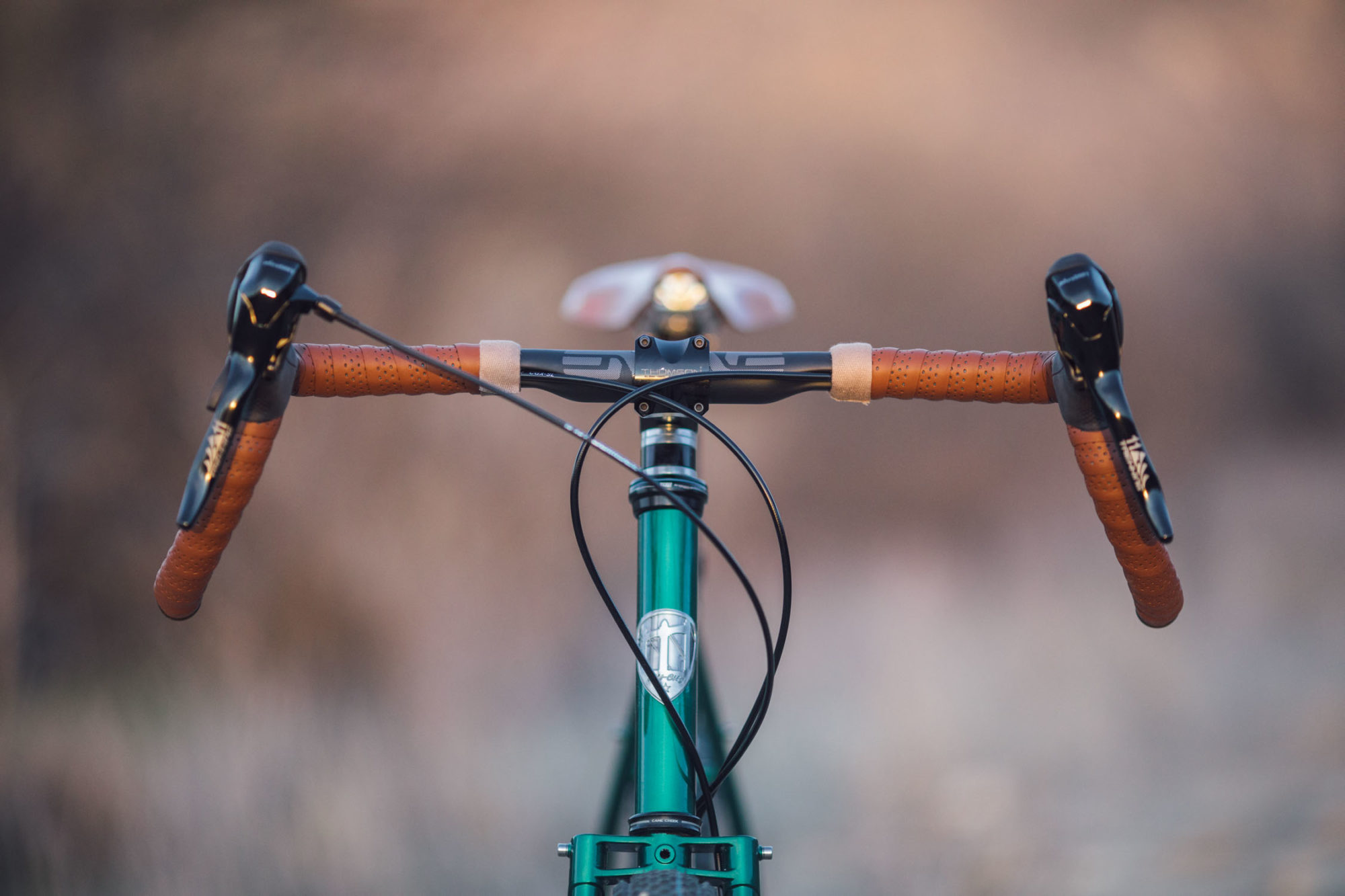
The second standout benefit of the G Series bar is comfort. It features flattened curves at the top-bend transition. This makes a palm-friendly, ergonomic hand perch just behind the hoods, which is my preferred position on drop-bars when riding long and relatively flat stretches. This, in tandem with a well-designed ergonomic shape, the perfect amount of flare (unspecified angle, but 12cm wider at the end of the drops than the hoods), and the chatter absorption and compliance of carbon makes it the most comfortable drop bar I’ve ridden to date… and perhaps one of my most prized components.
The Enve G Series bar is available in four widths that measure 42, 44, 46, and 48cm center-to-center at the levers, which translates to 54, 56, 58 and 60cm at the drops. Stay tuned for more photos and details in an upcoming Gear Index.
7mesh Freeflow jacket
167 grams / Made in China / $200 at Jenson
This past winter and early spring, 7mesh’s Freeflow Alpha-insulated jacket became my go-to layer during cold, high desert trips, especially when on-the-bike insulation was needed. While I’m all about wool and love soft garments—like 7mesh’s Merino Callaghan Hoody, which we awarded last year—there’s something to be said for a well-conceived technical jacket that’s designed around the intricacies of heating, cooling, and breathability.
To summarize, the 7mesh Freeflow is a lightly insulated jacket designed for use as an outer layer on cool days or as a highly breathable insulation layer under a shell on colder days. The thing that makes it special, aside from its feathery weight and packable size, is the clever placement of Polartec Alpha, a warm, breathable, and insanely light insulation originally developed for the military. The Freeflow features Polartec Alpha in several key areas, on the torso, neck, arms, and the sides of the mid-upper back. The remainder of the jacket is left uninsulated with just the 20d Ripstop nylon shell, making it a good windbreaker and allowing it to breathe while pushing the pedals.
A couple other features that I like include the roomy side pocket that fits a phone or a wallet and the elastic cuffs and hem, which keep the cold air out and the jacket in place. The Freeflow jacket isn’t cheap, but as mentioned, it’s well designed for use on the bike and it’s very light and packs up small. My size large compresses to the size of a burrito and weighs 167 grams.
Revelate MagTank 2000
147 grams / Made in USA / $50 at REI Campfire
I was fortunate enough to test the original Revelate MagTank prior to its release. You can read the full review here, but to summarize, I was impressed with its ease of use and ability to keep contents inside, despite the quick access flap closure. The MagTank 2000 takes it to another level and nearly doubles the capacity of the original–the 2000 has 1.4 liters of internal volume and the regular MagTank has 0.9 liters. Despite its size, the MagTank 2000 only weighs 20 grams more than the regular version (147 grams vs. 127).
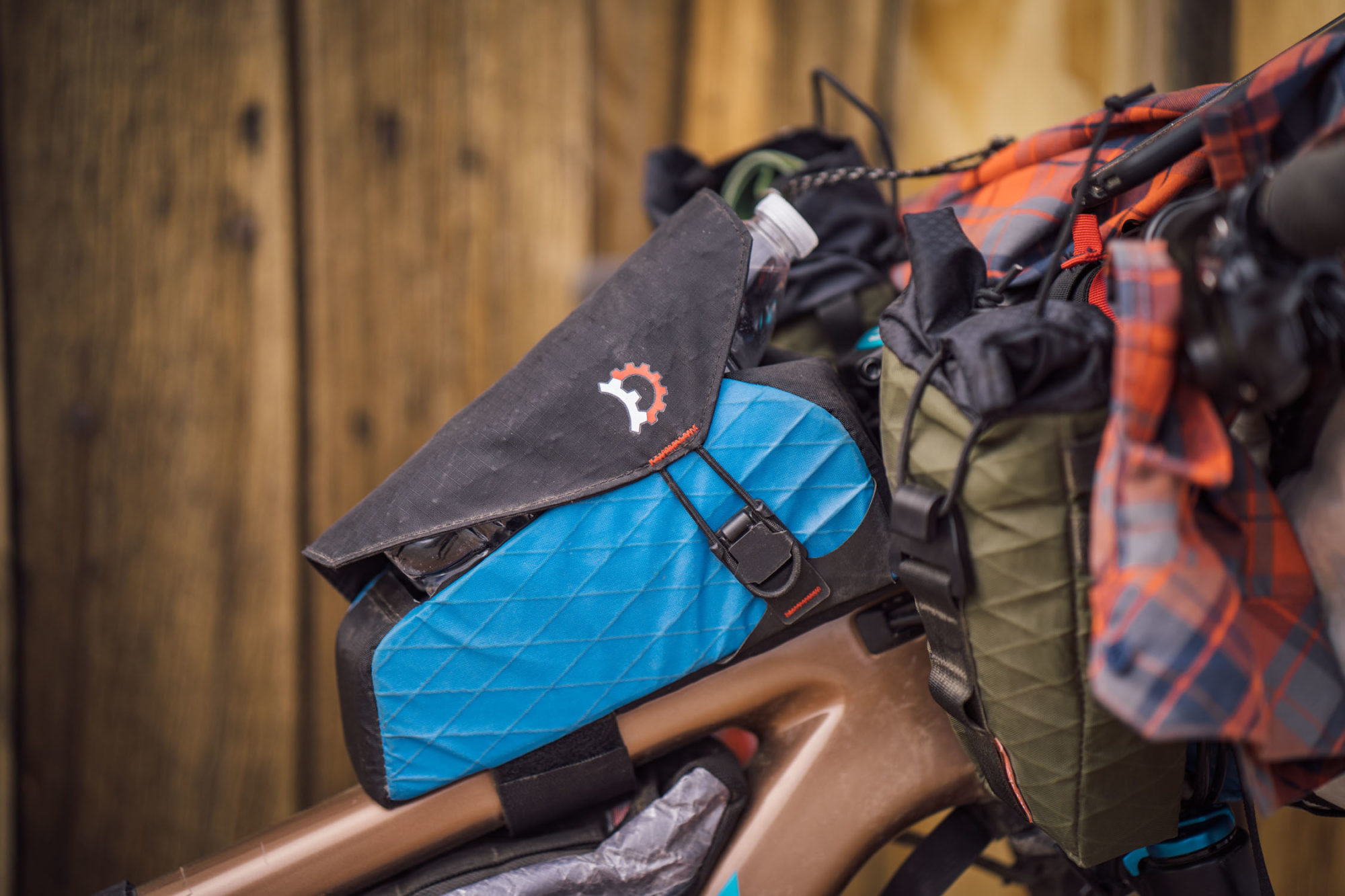
The MagTank 2000 was my accessory bag of choice during a series of scouting trips in the Sonoran Desert this past spring. The selection was based on expandability. The MagTank 2000 is cavernous enough to fit a boatload of snacks and supplies, but it’s also handy for loading up with extra food, a layer, or even a spare bottle of water, as shown above.
My only complaint is that when used on a bike with a short stem, its wide front can interfere with other stem bags, such as the Mountain Feed Bag. However, I often left the feedbags at home in favor of just the MagTank 2000. It also works very well with the slim stem bags such as Bedrock’s Tapeats or the Rockgeist Honeybox, as shown above.
And, of course, the Revelate Magtank 2000 is well made (in the USA). With hypalon trim, internal HDPE panels, and a beefy top tube strap reinforced with grippy material, it’s stable and seems built for the long haul.
Good To-Go Kale and White Bean Stew
186 grams / Made in USA / $13 at Good To Go
Even though I’ve been making an effort to cut out single use plastic from my bikepacking life as much as possible, there are still occasions where I grab a quick-cook meal for an overnighter, or on trips that require several days’ worth of food to be packed in a small space. Whether it’s a couple packs of Lotus Rice Ramen or a dehydrated meal, there’s no arguing that these types of pre-packaged foods are easy to carry and don’t require a lot of fuel or water to prepare.
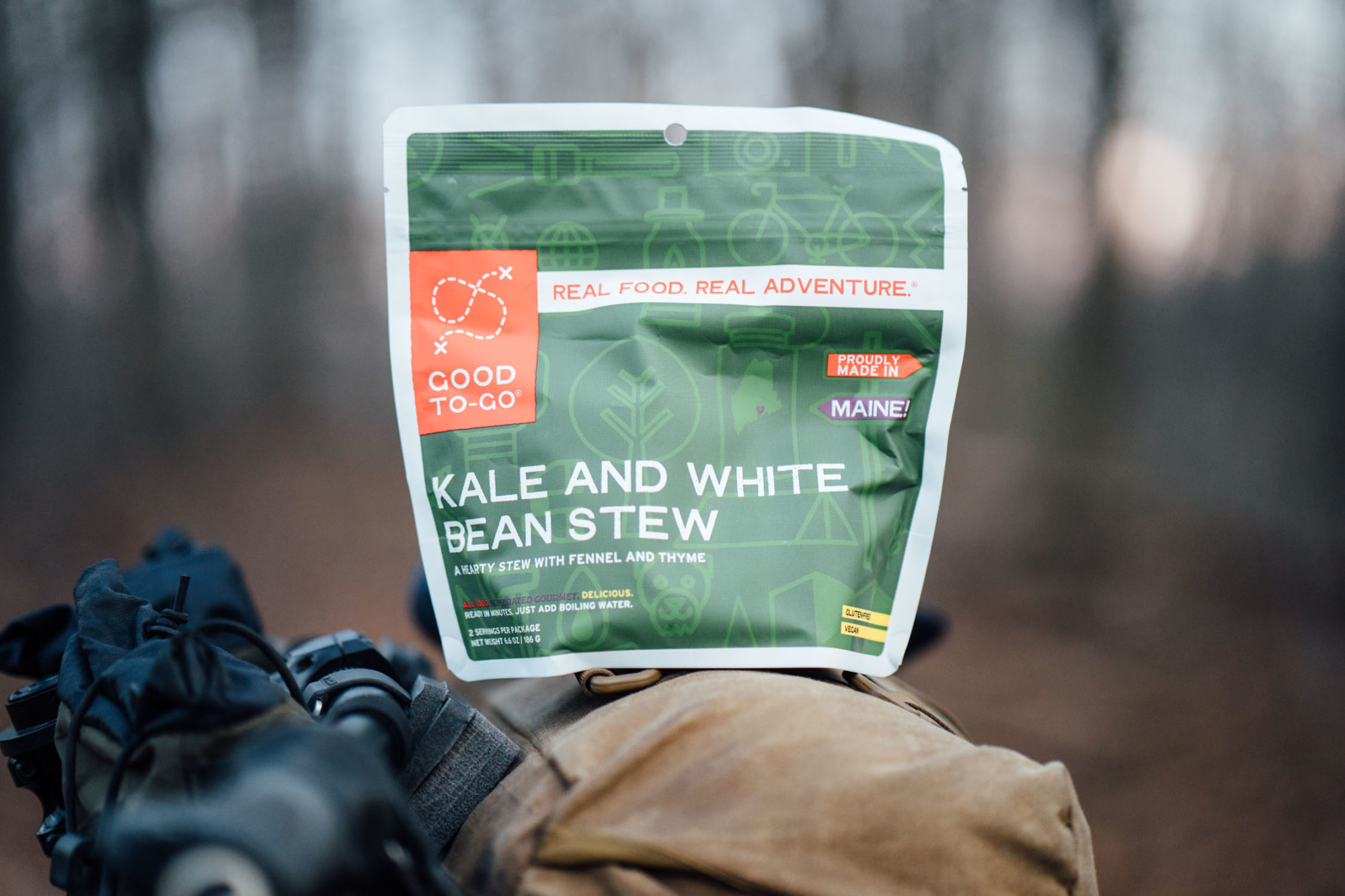
In that regard, Good To-Go has been one of our favorite dehydrated options over the years. Their award-winning Thai Curry is hard to beat, but I’ve recently enjoyed the Kale and White Bean Stew, a newer vegan recipe that’s simple, hearty, and packs in some greens to keep scurvy at bay.
Unfortunately, I find Good To-Go’s single serving packages to be a little slim after a day of pedaling, so the $13 double serving meals are a must. This one packs 720 calories into a vegan-friendly 186 gram package that features kale and white beans, with a nice flavorful blend of fennel, olive oil, garlic, and rosemary. The full list of pronounceable ingredients includes: onion, carrots, dried navy beans, fennel, celery, dried kale, garlic, dried potato flakes, extra virgin olive oil, sweet potato powder, nutritional yeast, sea salt, fennel seed, dried thyme, black pepper, and bay leaf.
Five Ten Freerider Elements
450 grams / Made in China / $130 at REI
It’s hard to argue with the Five Ten Guide Tennies’s excellent combination of durability, grip, and comfort. But when technical trail riding on flats is in play, some of Five Ten’s more aggressive flat pedal shoes offer stickier soles. Since these photos were originally taken of the new shoes in January, I put over 2000 miles on this pair of Five Ten Freerider Elements and they’re still going.
The Freerider Elements are a more water resistant version of the standard Freerider, combining a DWR-treated leather upper with synthetic panels to keep your feet warm and dry. Aside from their super-sticky Stealth S1 rubber outsoles, my favorite thing about these shoes is that they offer a little more insulation than normal Freeriders, making them a good shoulder season shoe. They are also super comfortable for long days pedaling, not to mention, the most sticky and grippy soles I’ve tried to date. They are definitely entering their final phase of life after all those miles, but it’s been a good run and I highly recommend them. Unfortunately, they appear to be out of stock at Adidas/Five Ten, but there are still some elsewhere.
Rockgeist Honeybox
97 grams (each) / Made in USA / $50 (pair) at Rockgeist
As opposed to large, round stem bags, Rockgeist’s Honeybox offers a thinner box profile for increased knee clearance, especially nice for long-legged folks like myself on bikes with short stems. The Honeybox is designed to be paired with the Rockgeist Spacelink for a secure, direct mount option eliminating the need to wrap velcro around your stem, which is often impossible with short stems. That thin profile is also advantageous when used in tandem with the wide MagTank 2000 as it eliminates interference.
The Honeybox is constructed out of an X-Pac exterior and a Cordura interior with a padded layer in between to keep its shape. The top of each bag has an easy to access roll-top opening and a bungee closure that attaches to a hook in the front. Each one offers about 0.75 liters worth of storage, which is handy for snacks or items that need to be quick to access. My main complaint was the lack of a buckle strap on the bottom to connect with the fork crown for stability. I voiced this to Greg at Rockgeist and he’s since added that to the production models. All in all, if you have issues with cockpit bag knee interference and prefer smaller stem bags, the Honeybox is well made and offers the thinnest profile out there.
Ergon SM Comp Saddle
270 grams / Made in Taiwan / $90 at AMZN
While I love Ergon’s grips, I’ve had both good and bad experiences with their saddles over the years. Even so, when I heard about the MTB touring-specific SM Comp, designed specifically for long rides, I thought I’d give it a chance. The SM Comp features an “anatomically optimized relief channel in the sensitive perineal area” which I’m a fan of. It also has orthopedic padding called “OrthoCell-Inlays” in the seating area designed to be more durable and lighter than gel.
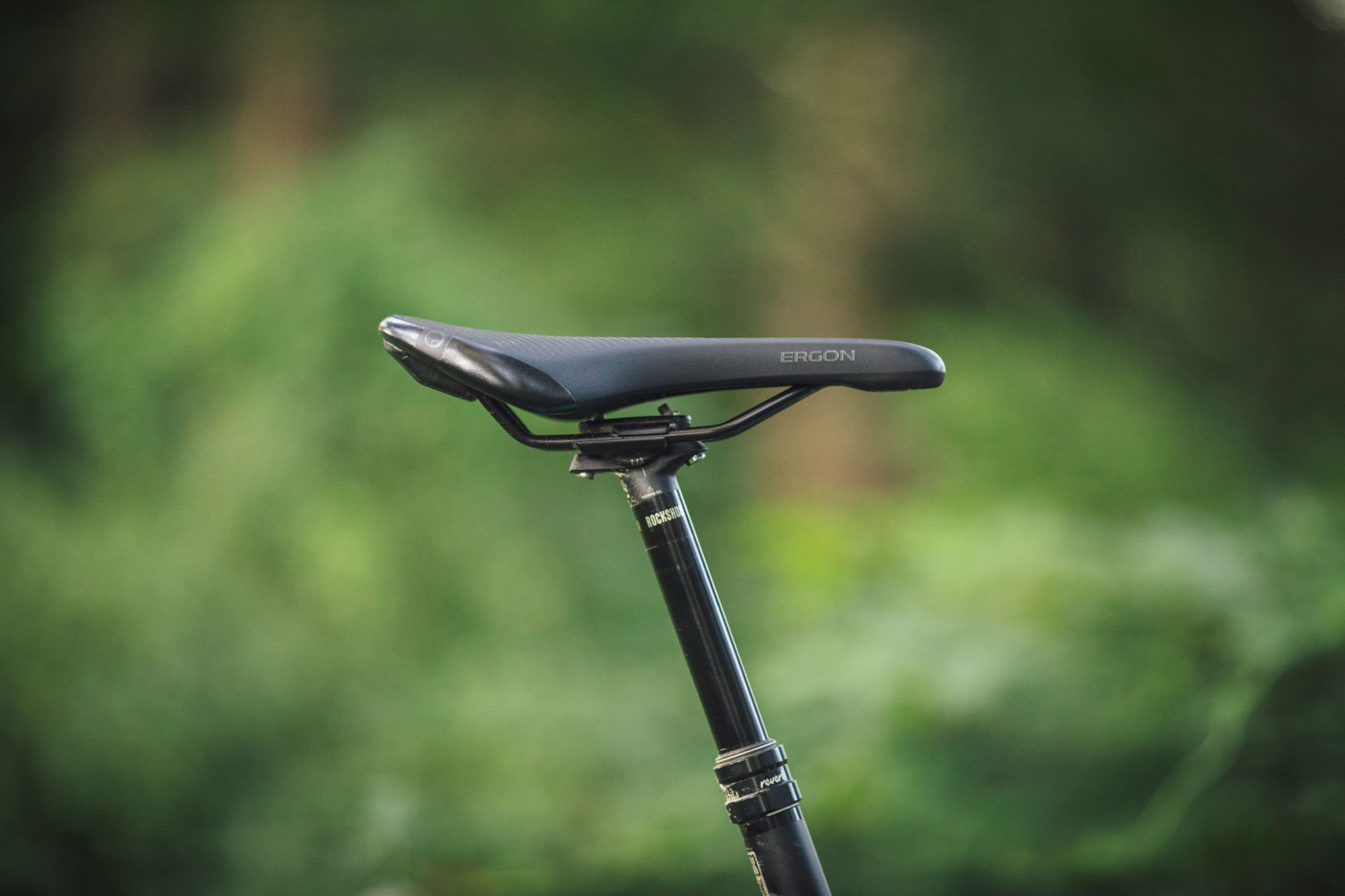
I’ve definitely put some long rides in on the SM Comp, including a 120-mile day on the Arkansas High Country Loop. Overall, I’m quite pleased with this saddle. It’s definitely comfortable and is quickly become a favorite for big rides.
FILED IN (CATEGORIES & TAGS)
Bikepacking Gear
Components
bikepacking-stem-bags bikepacking-tires editors-dozen top-tube-bagsPlease keep the conversation civil, constructive, and inclusive, or your comment will be removed.







